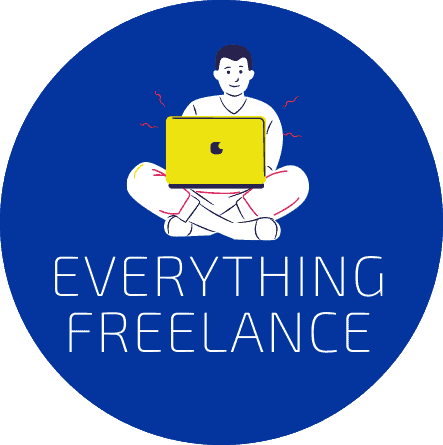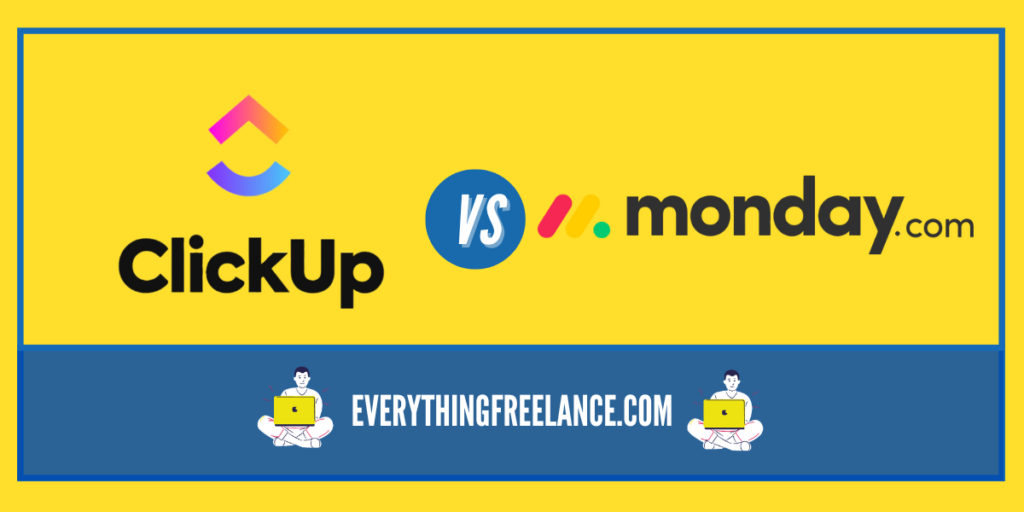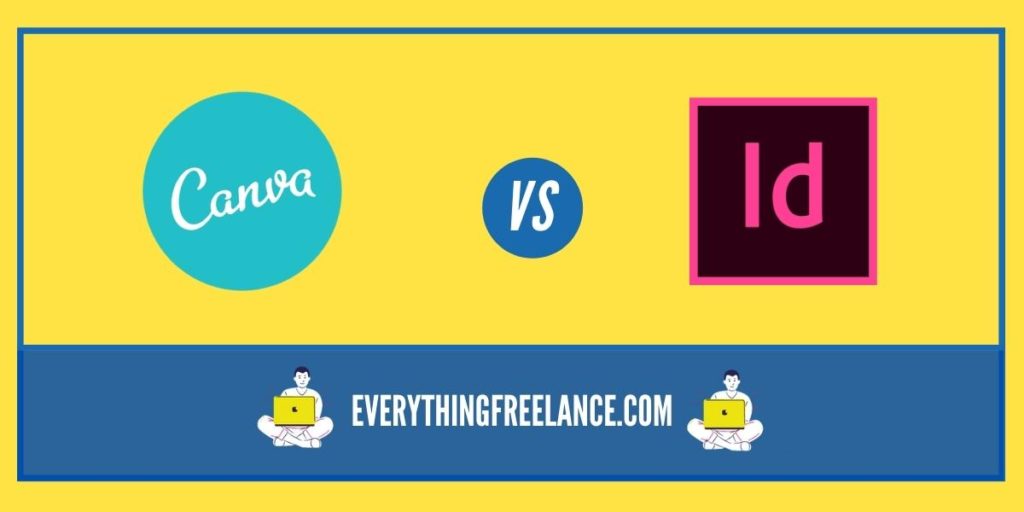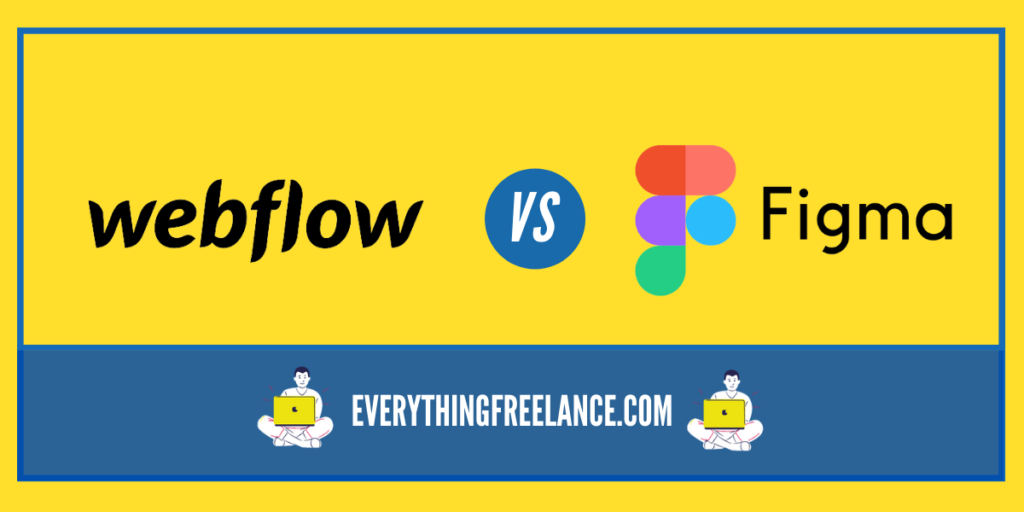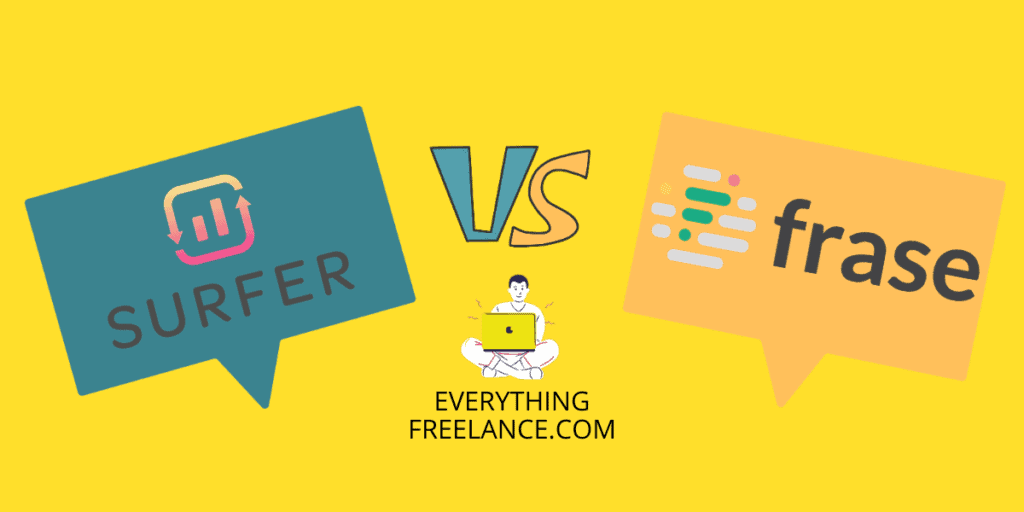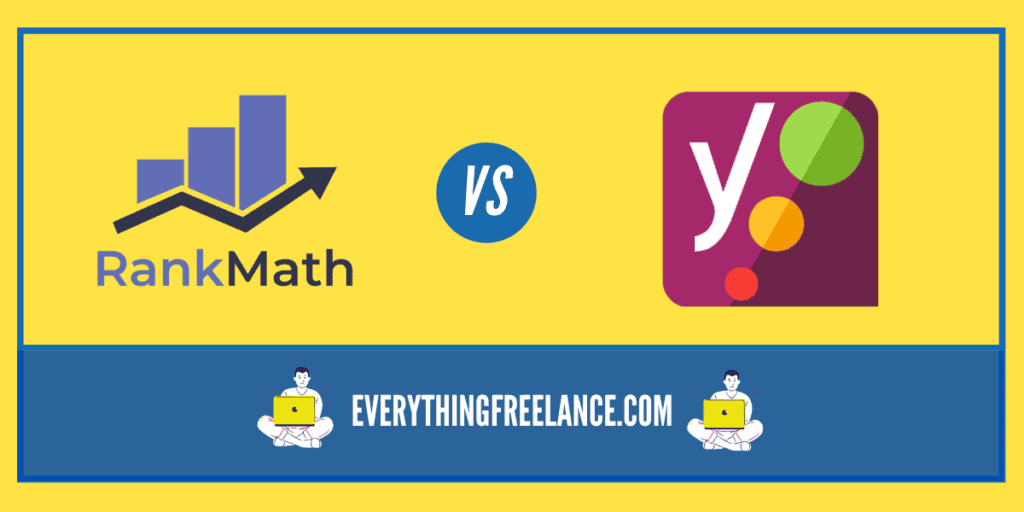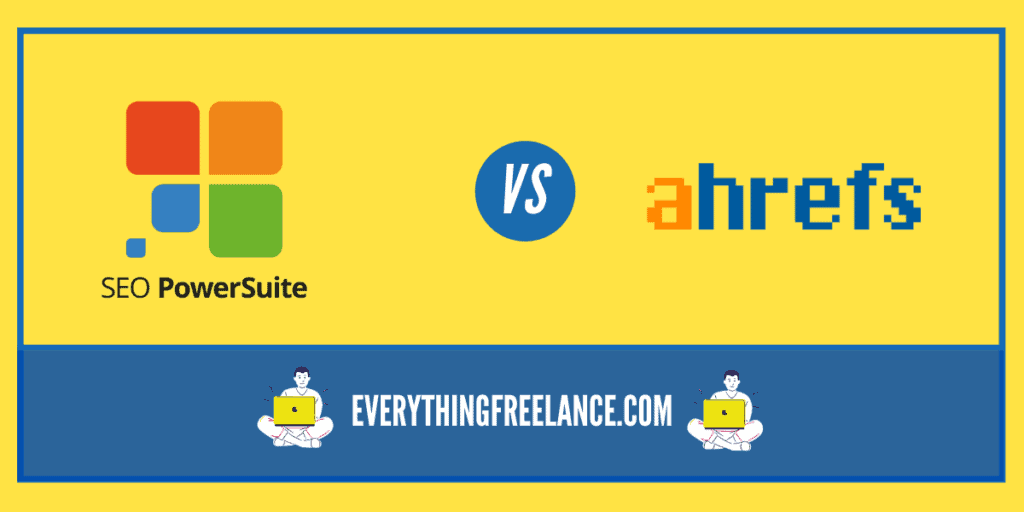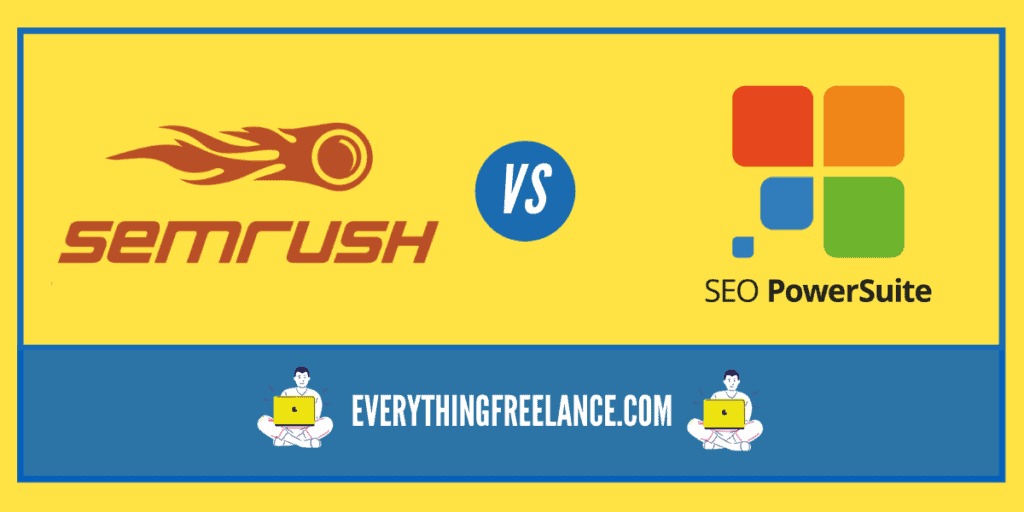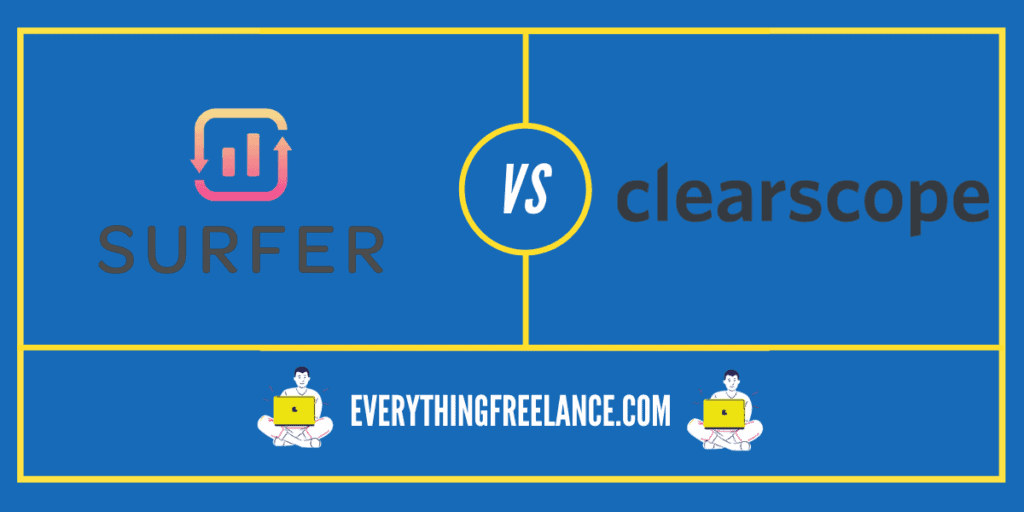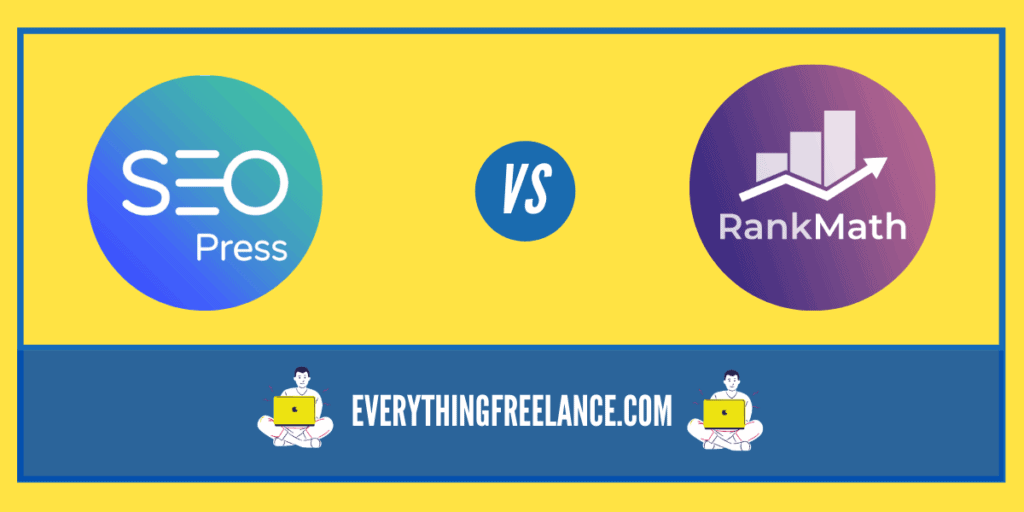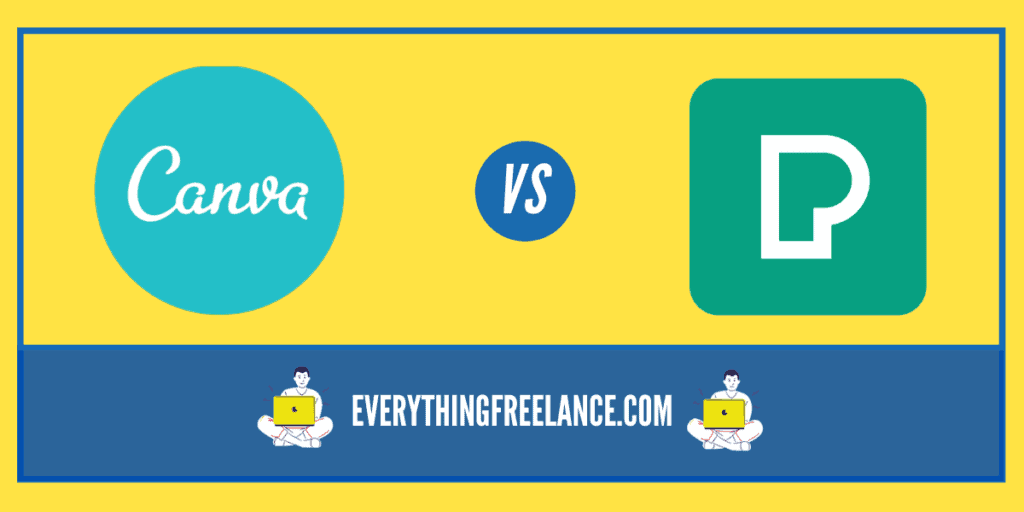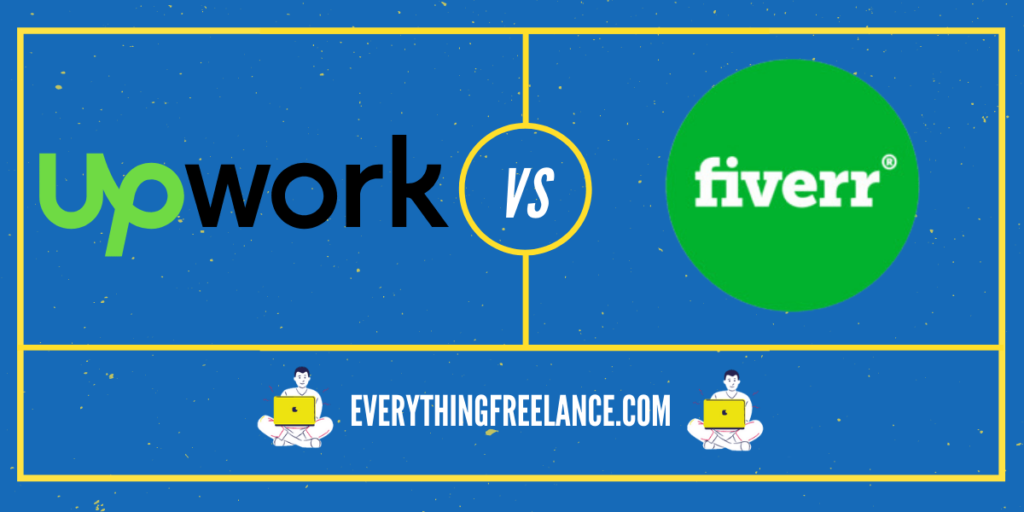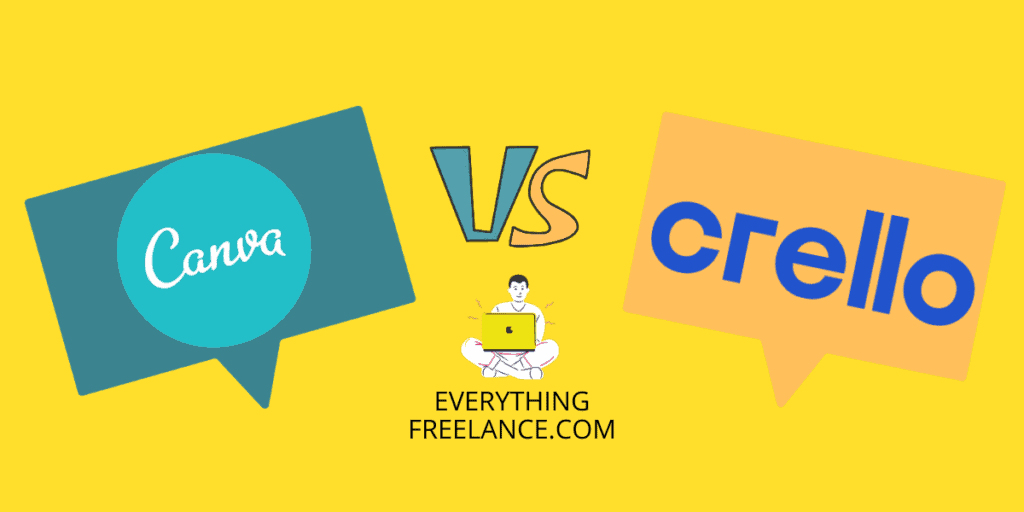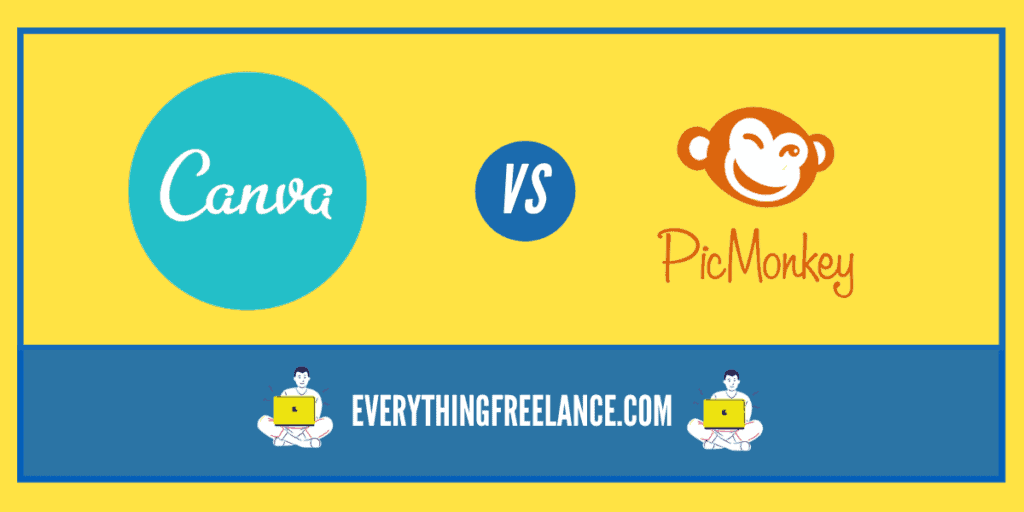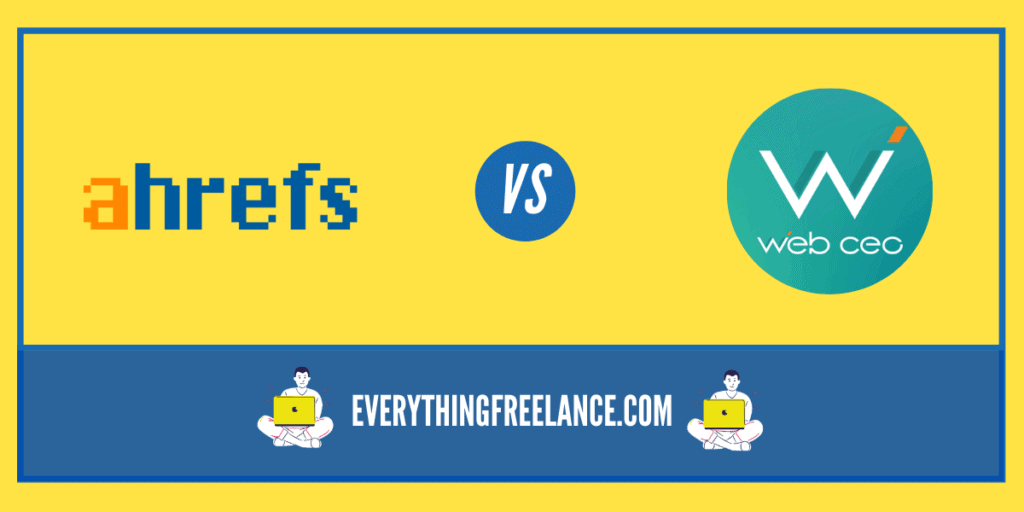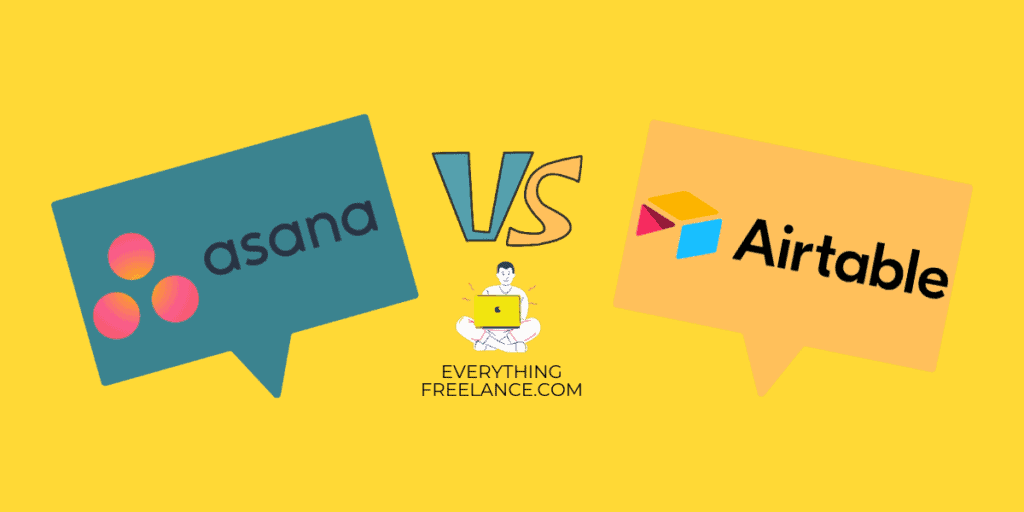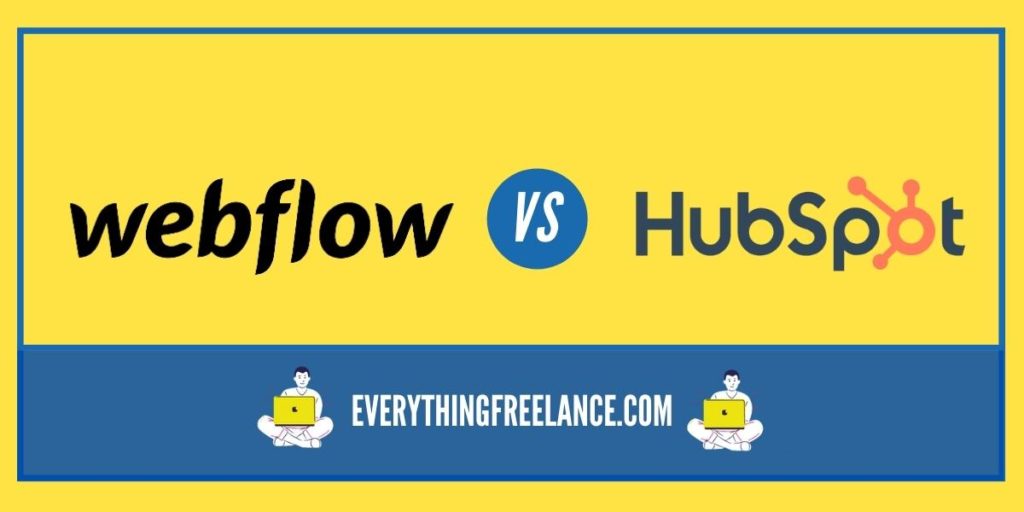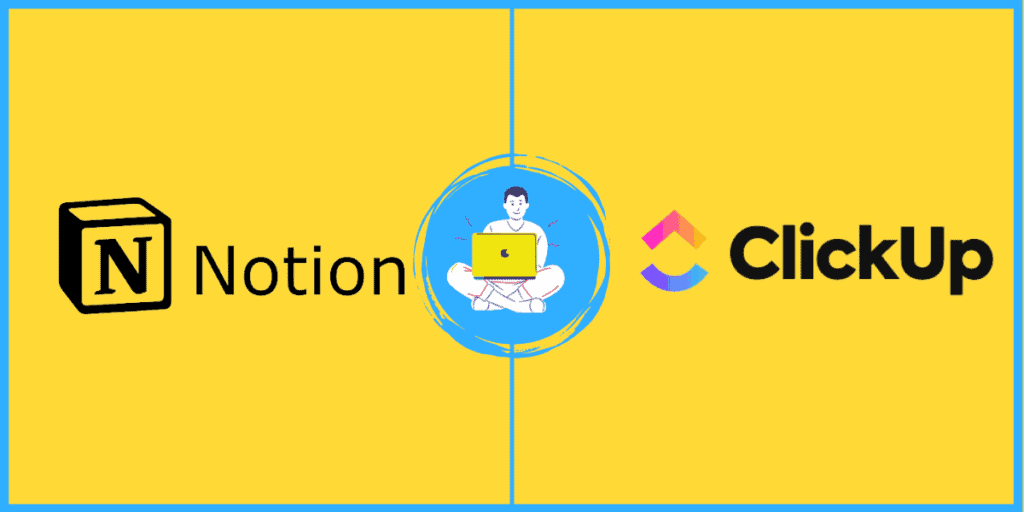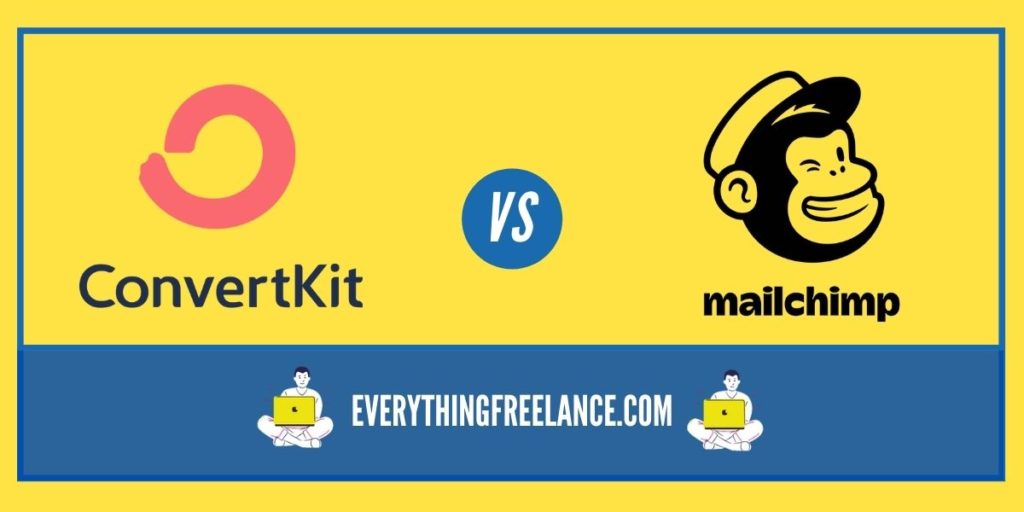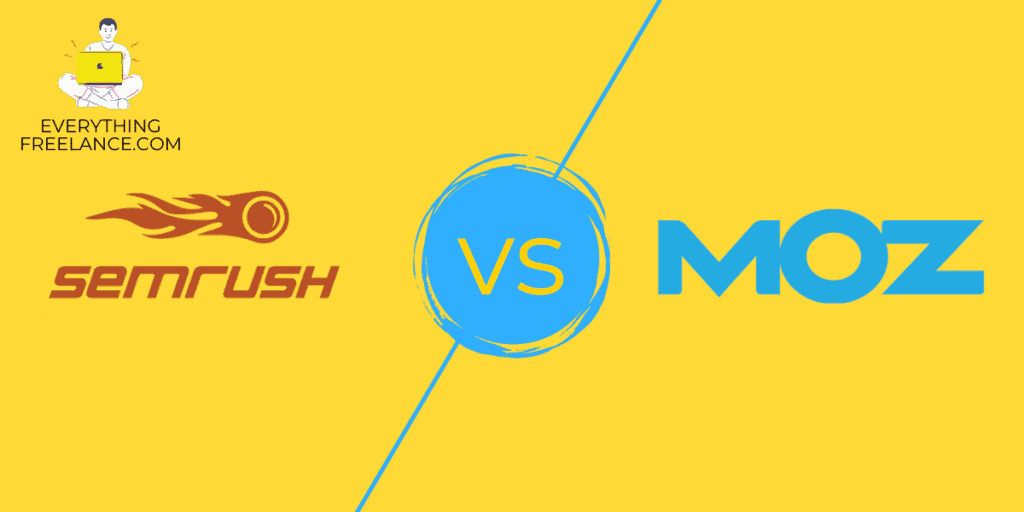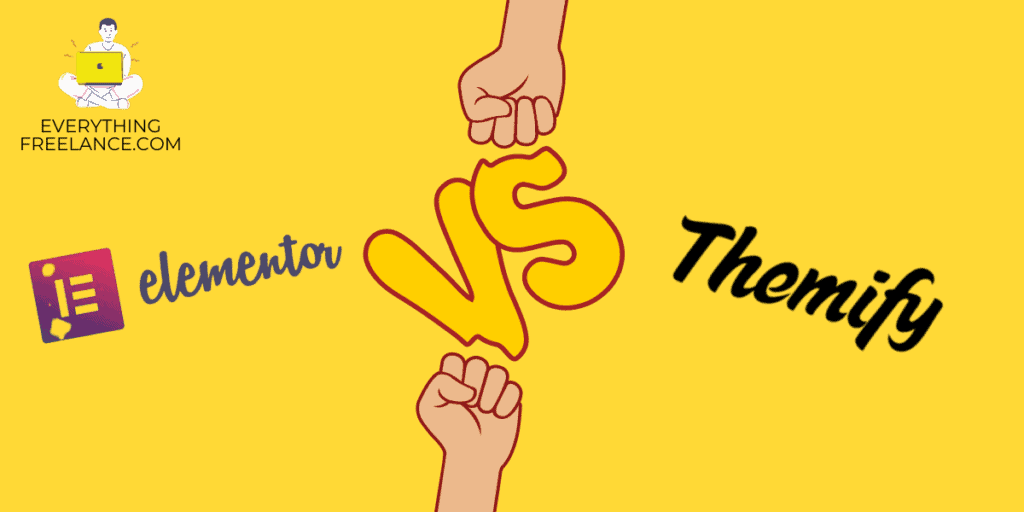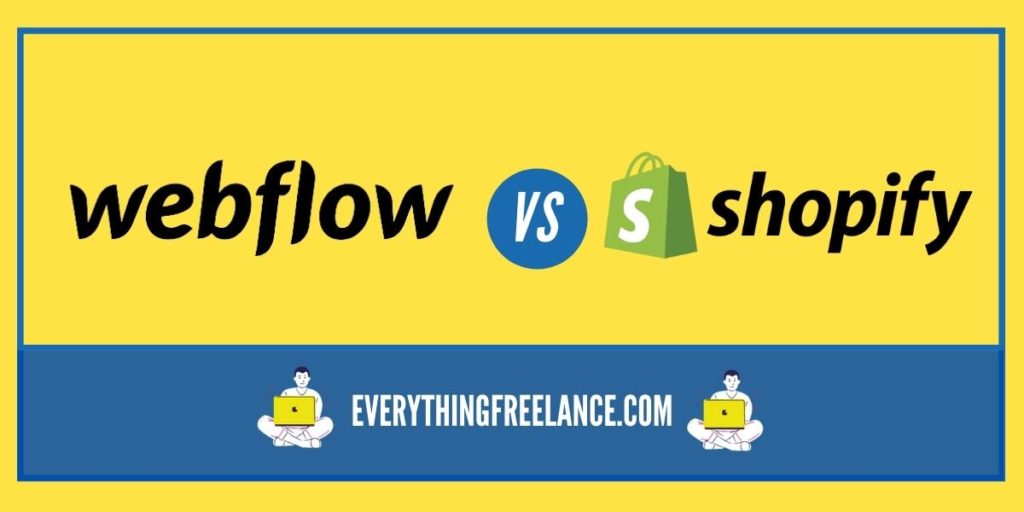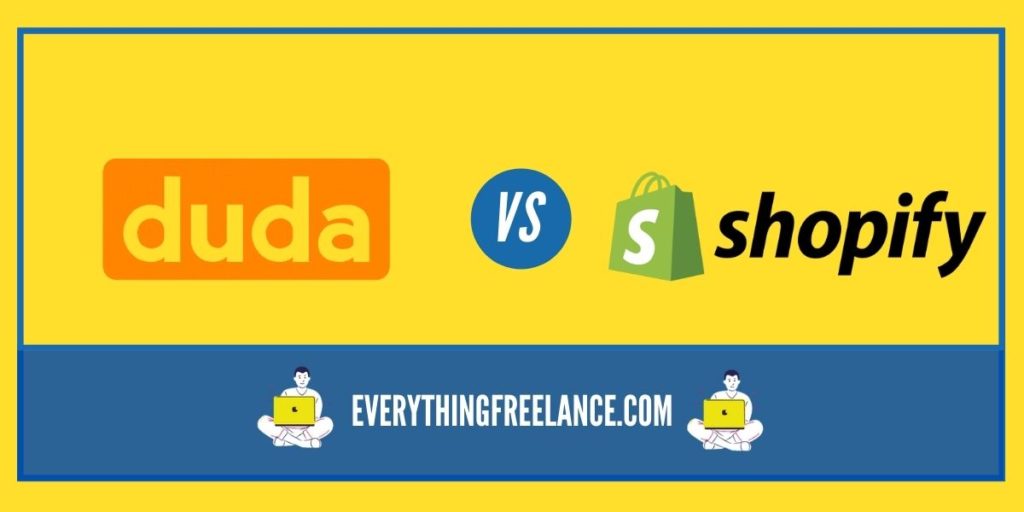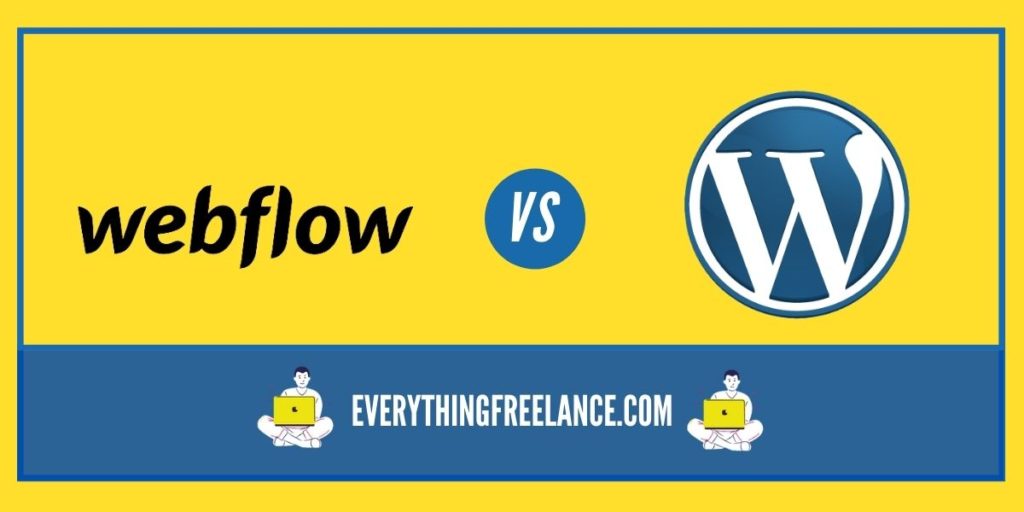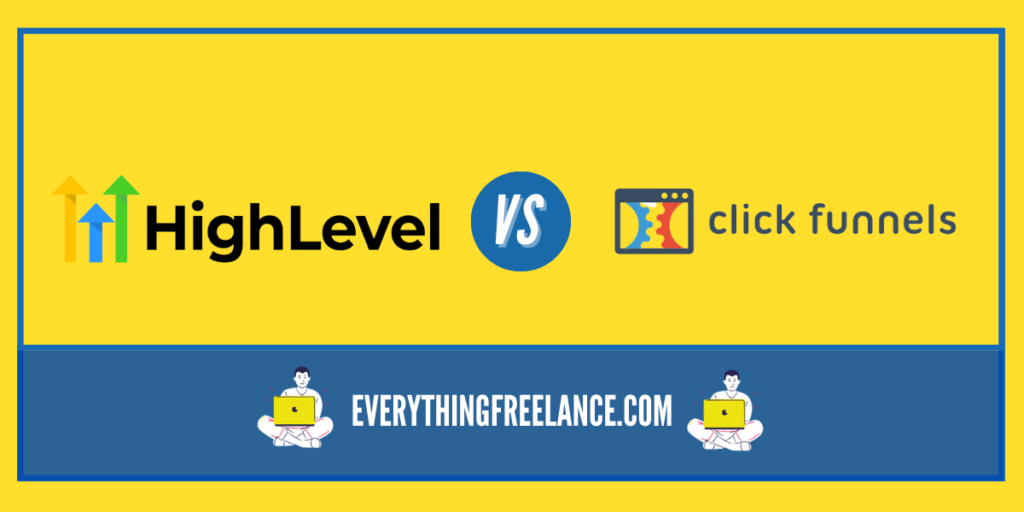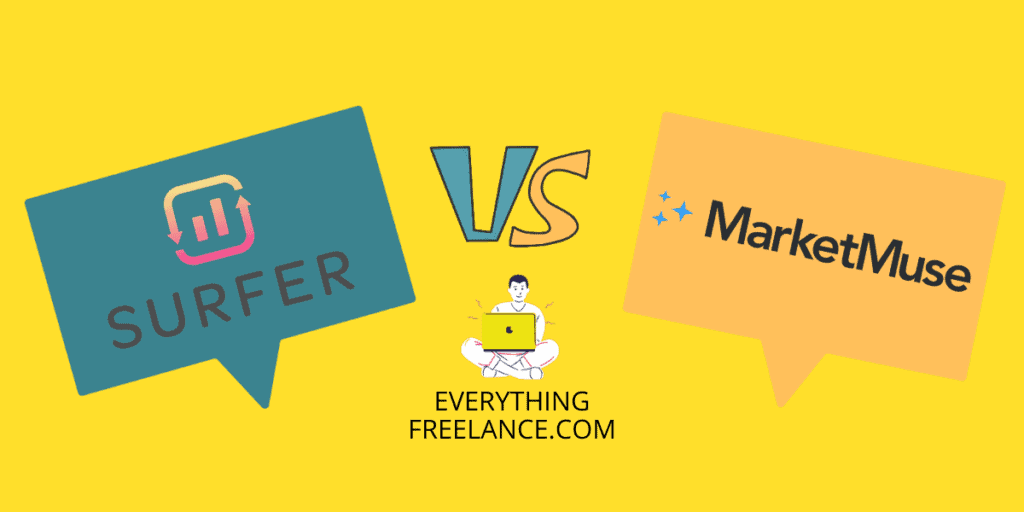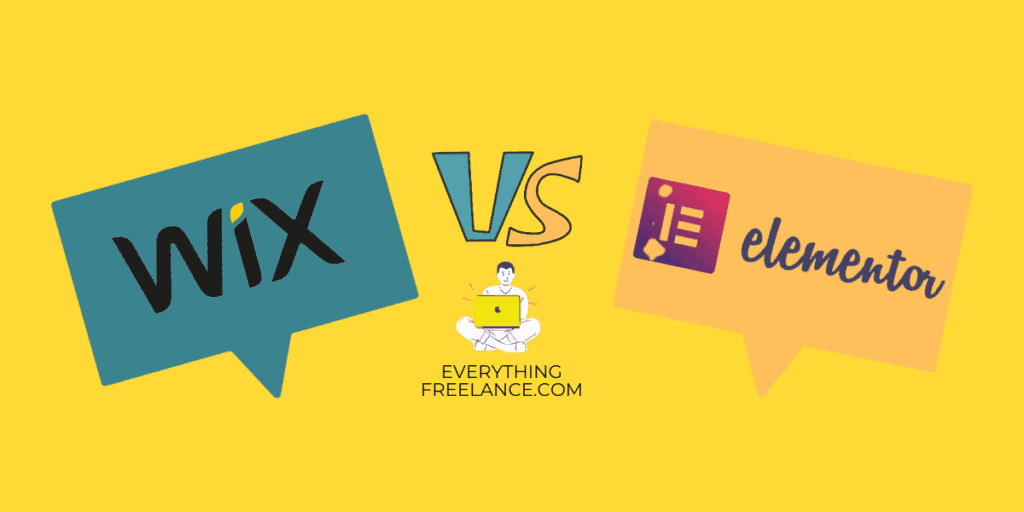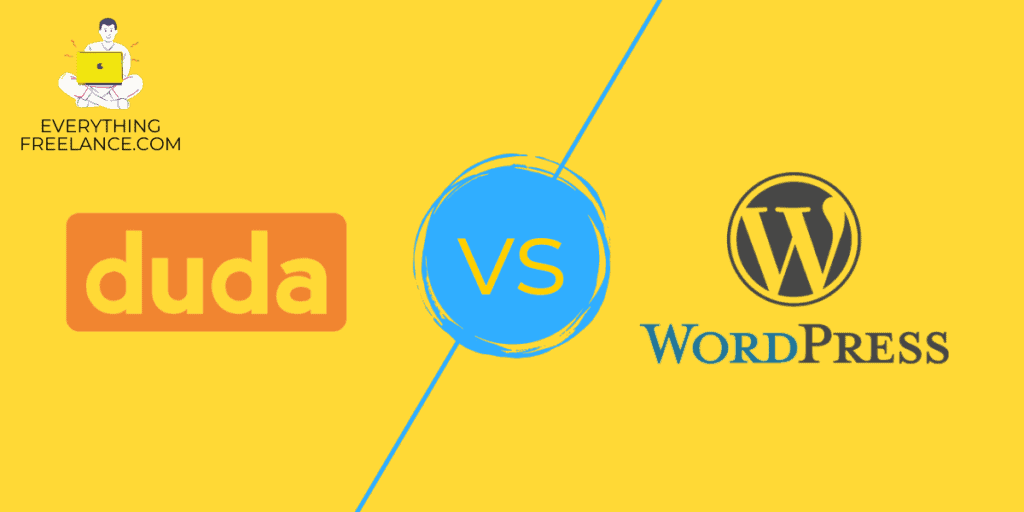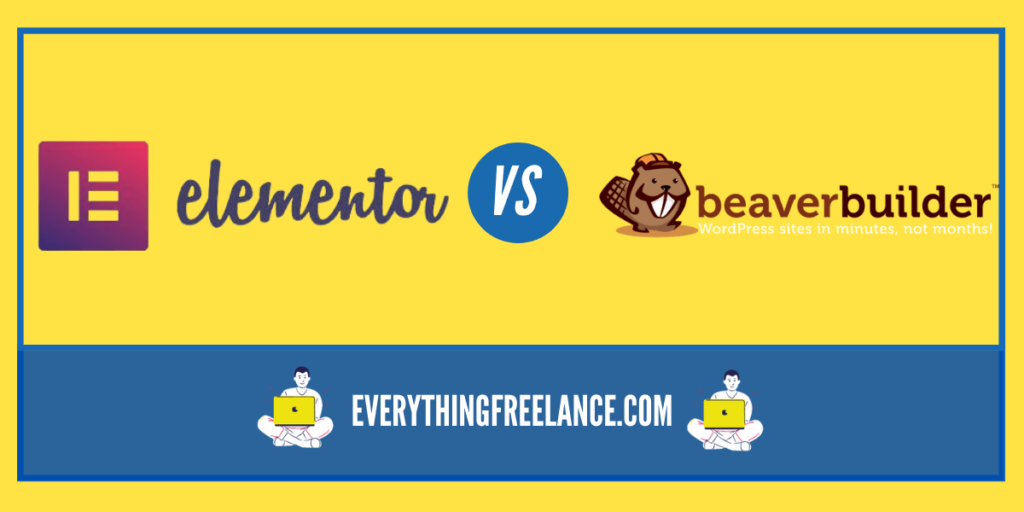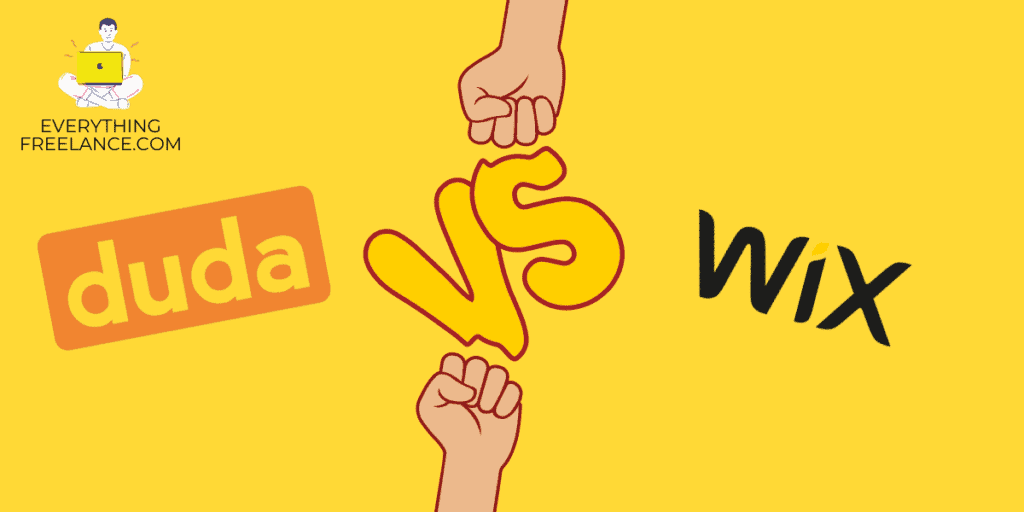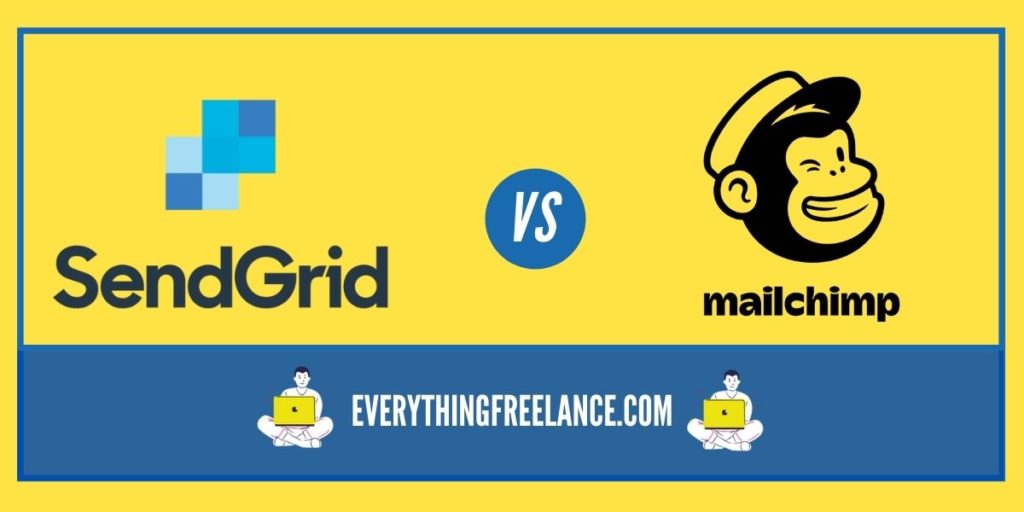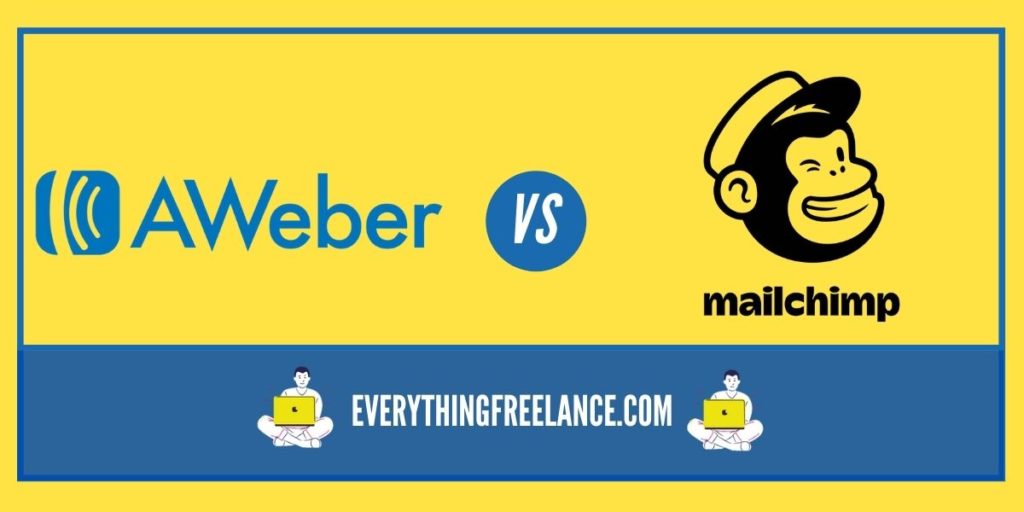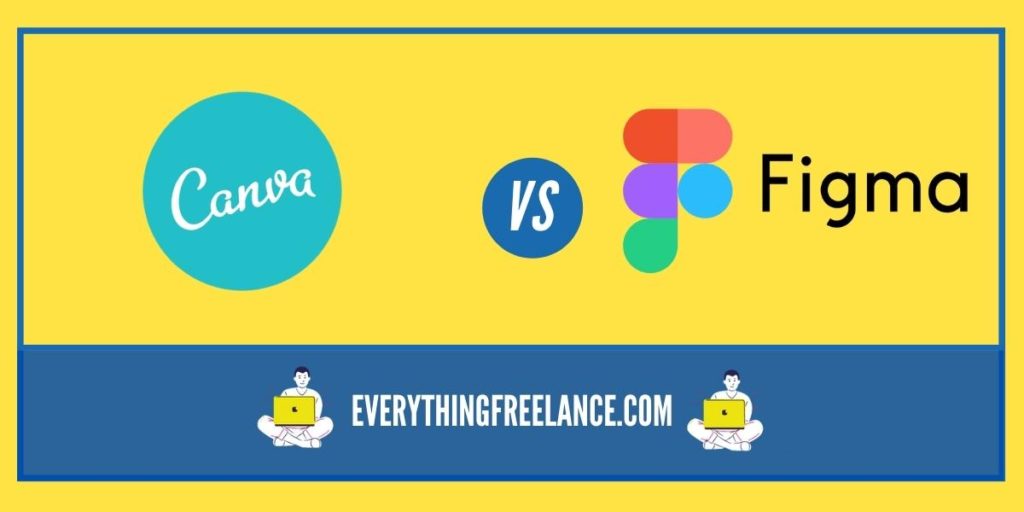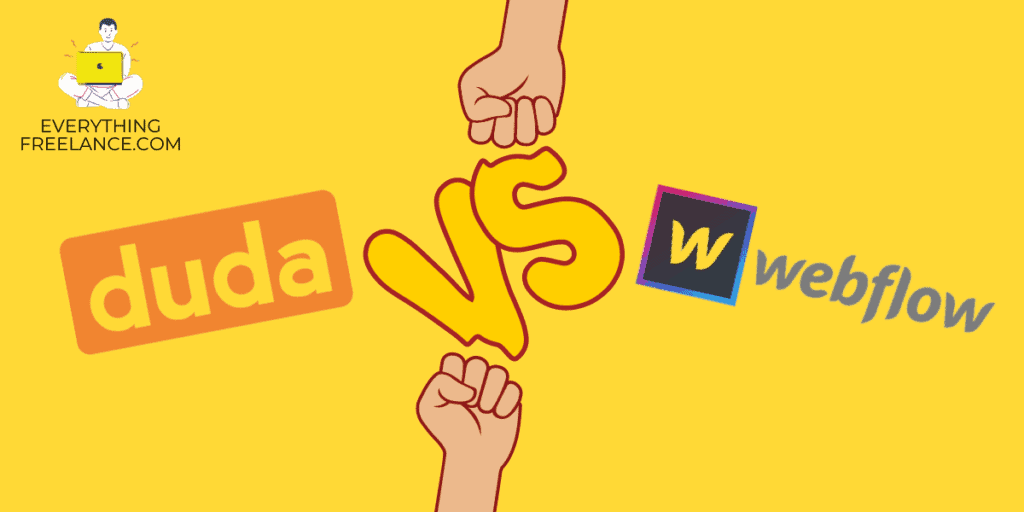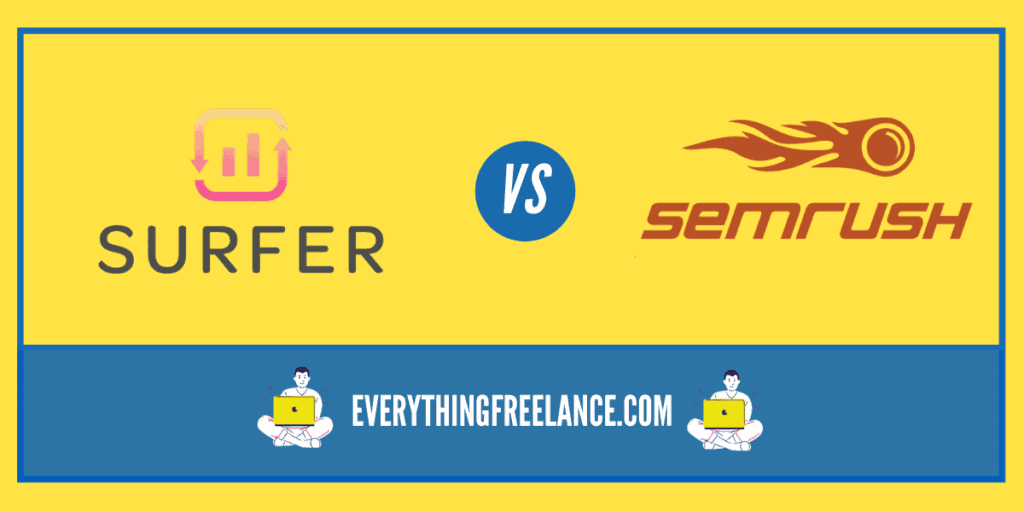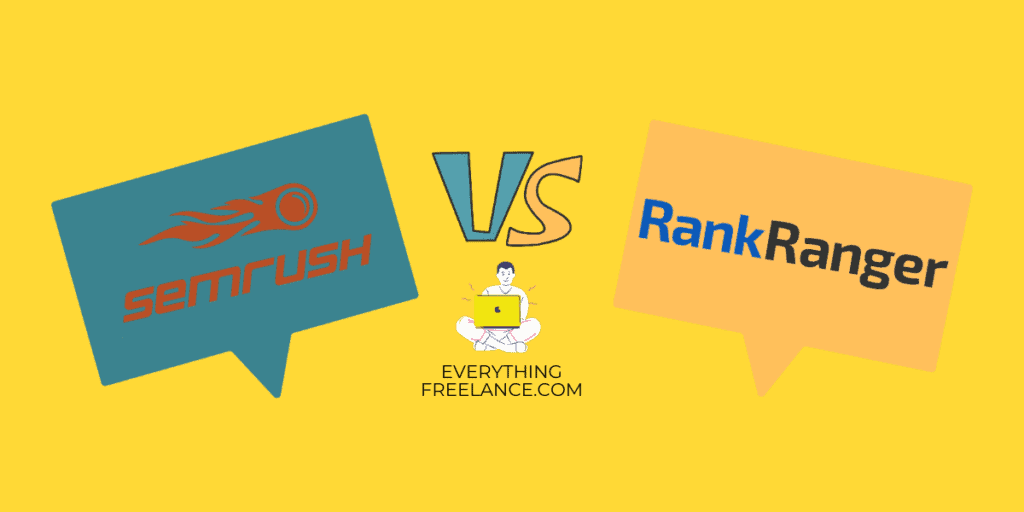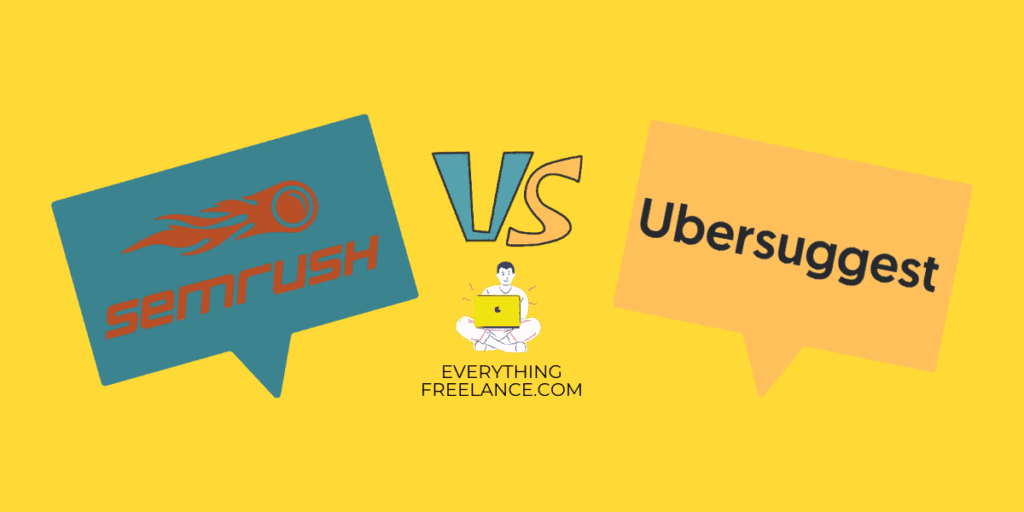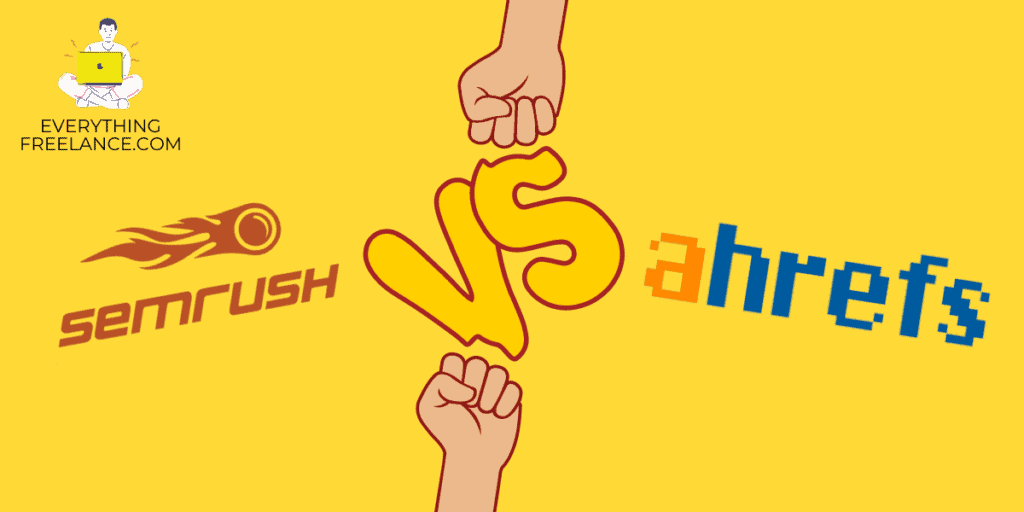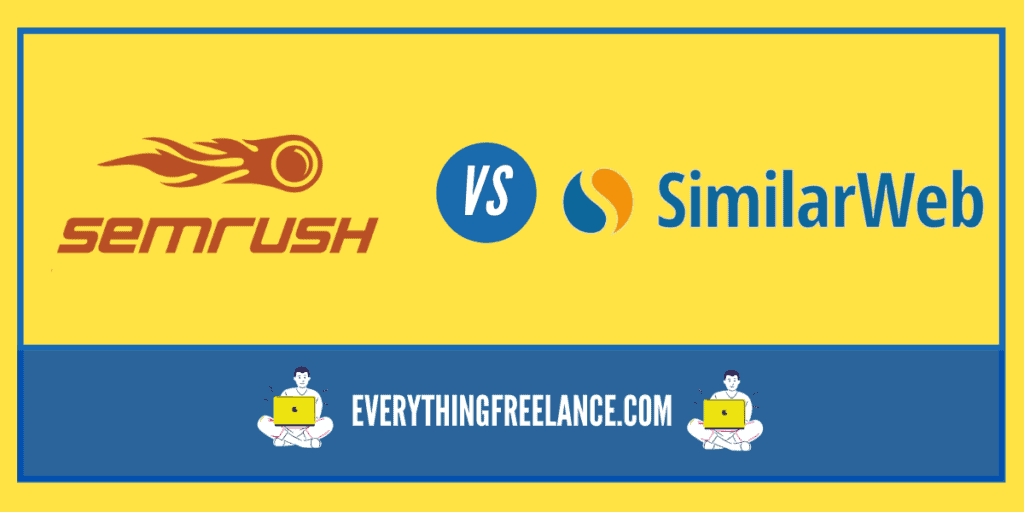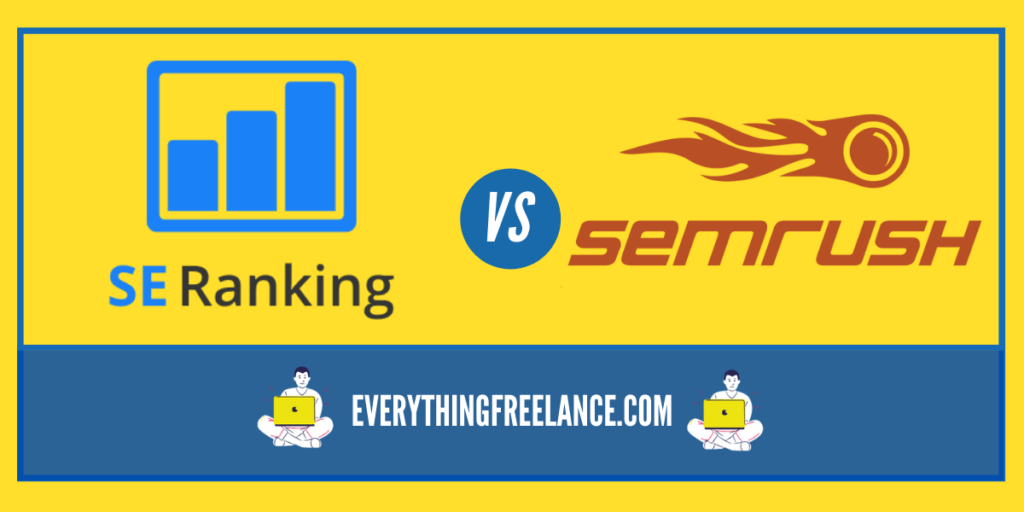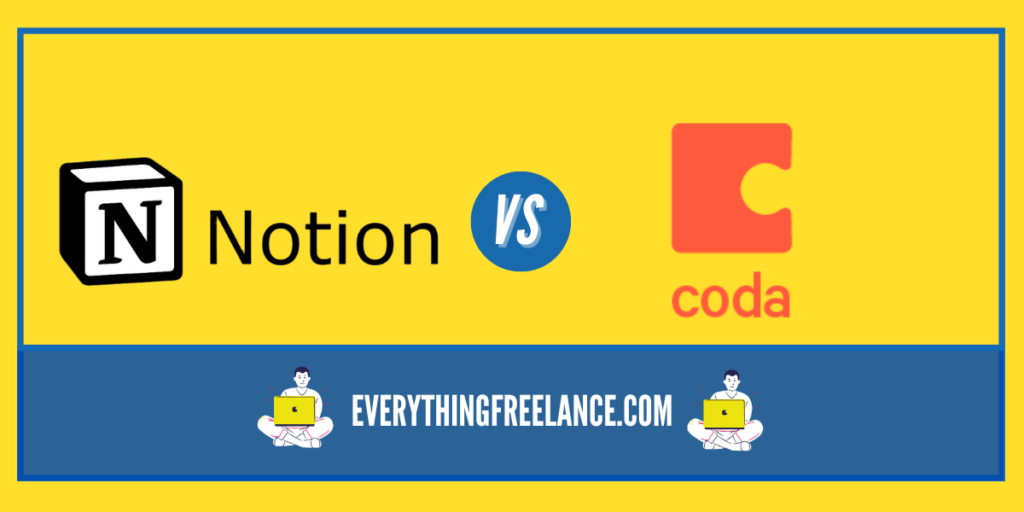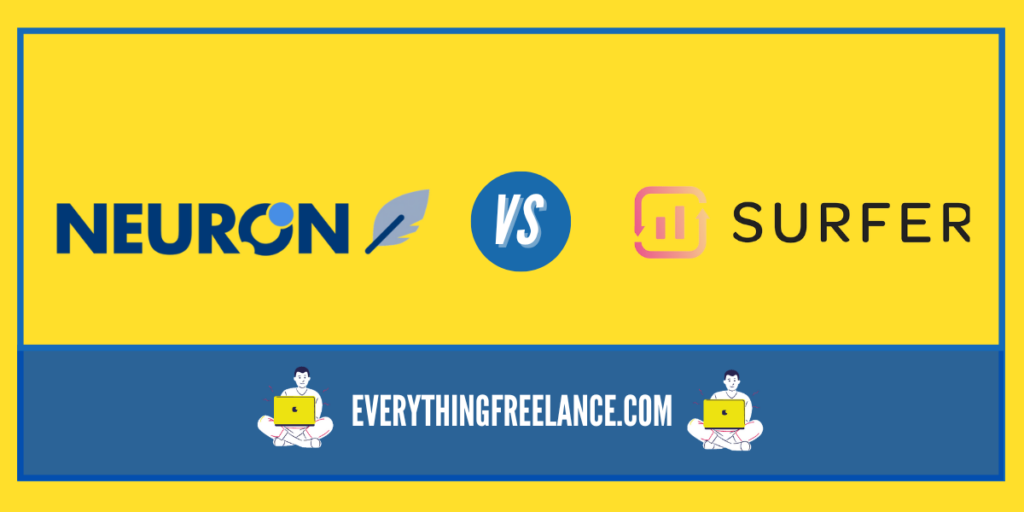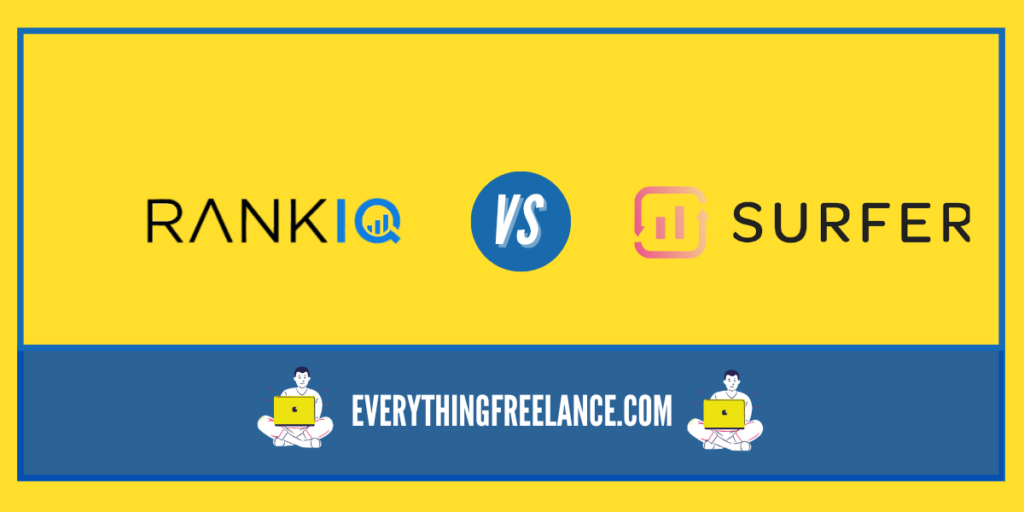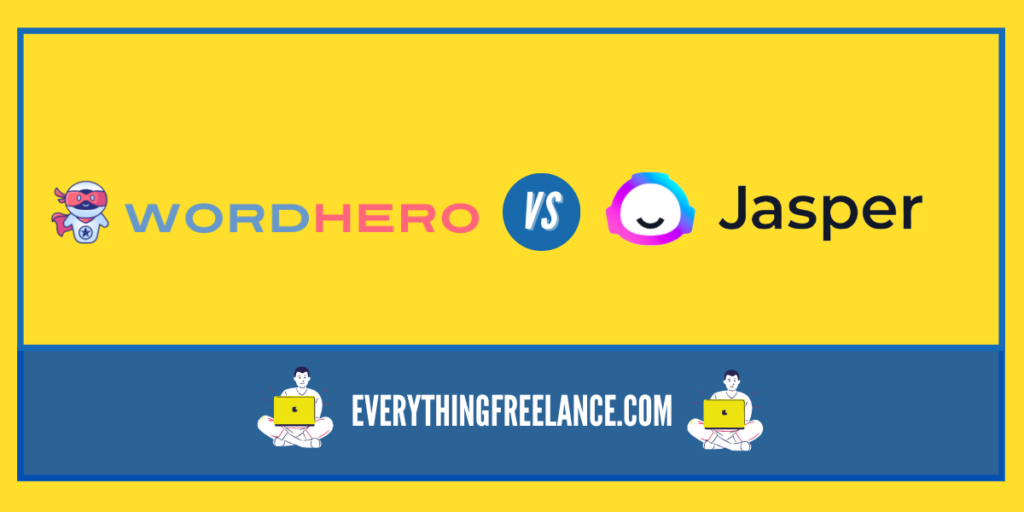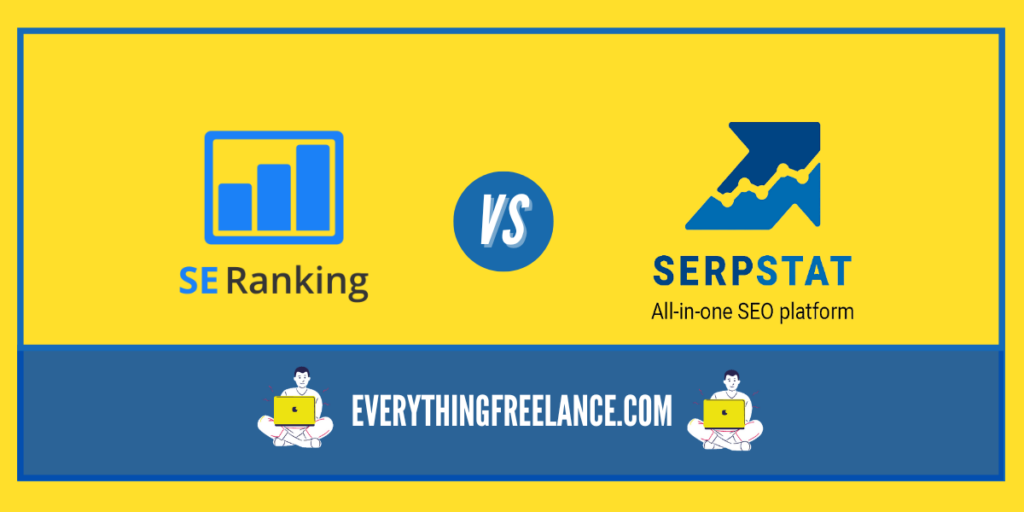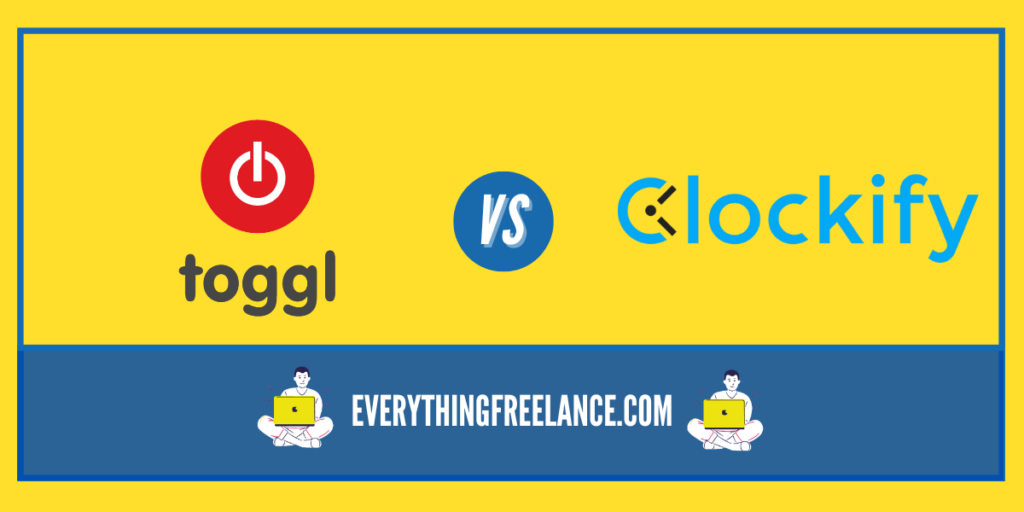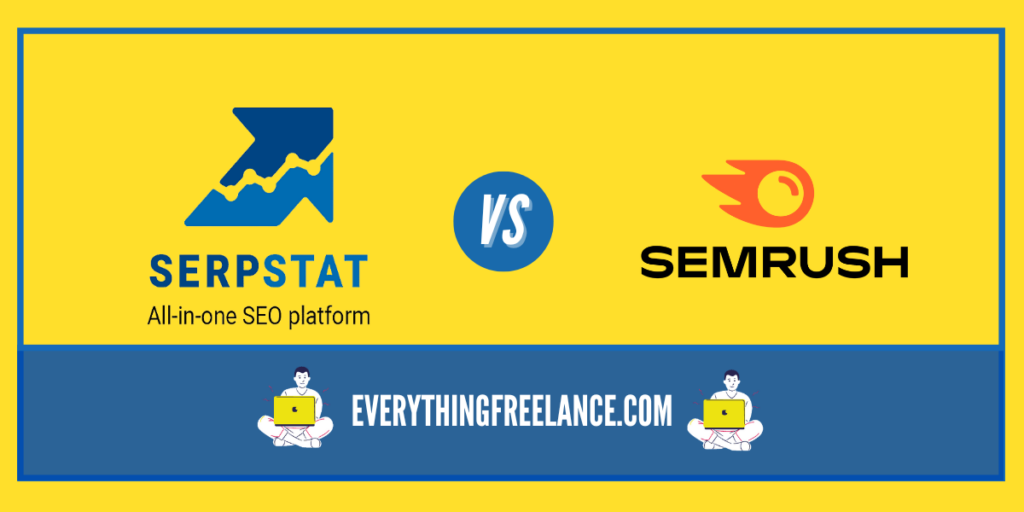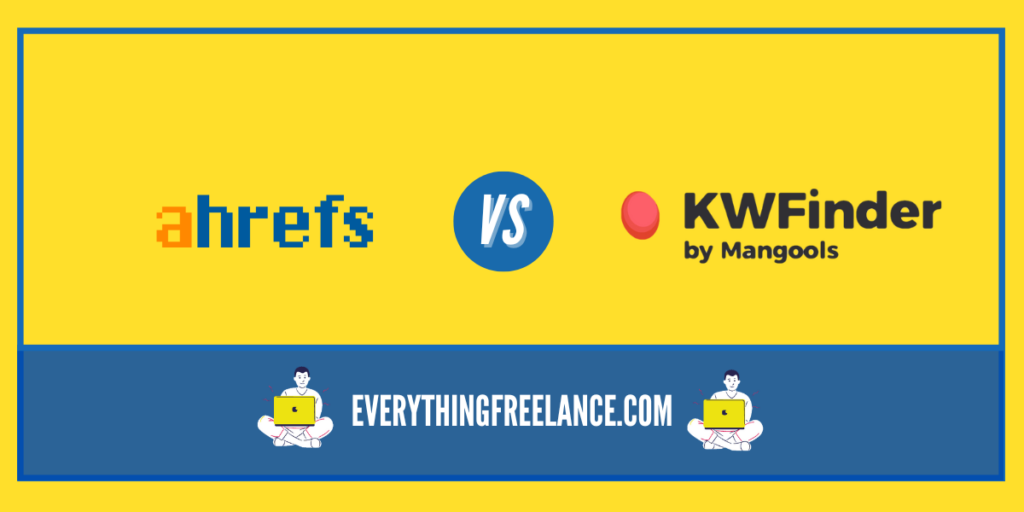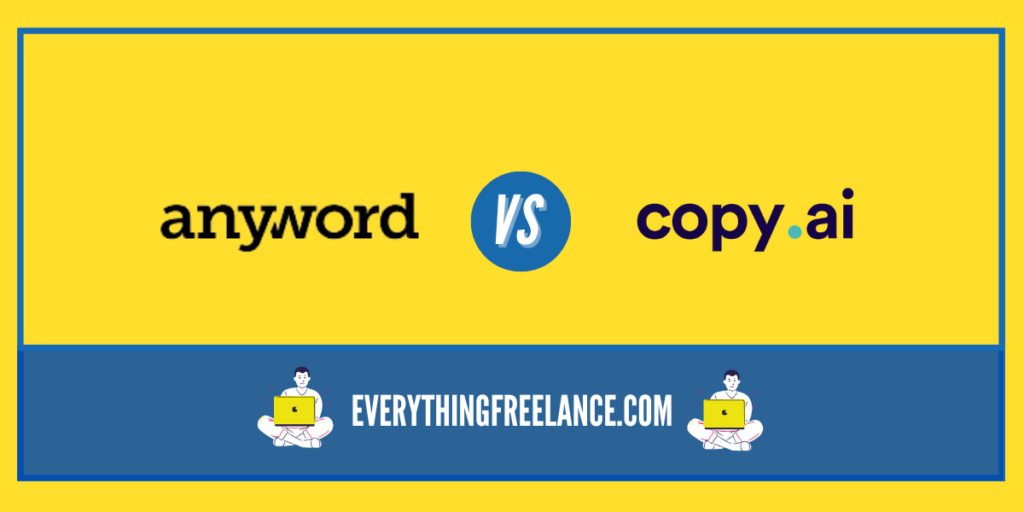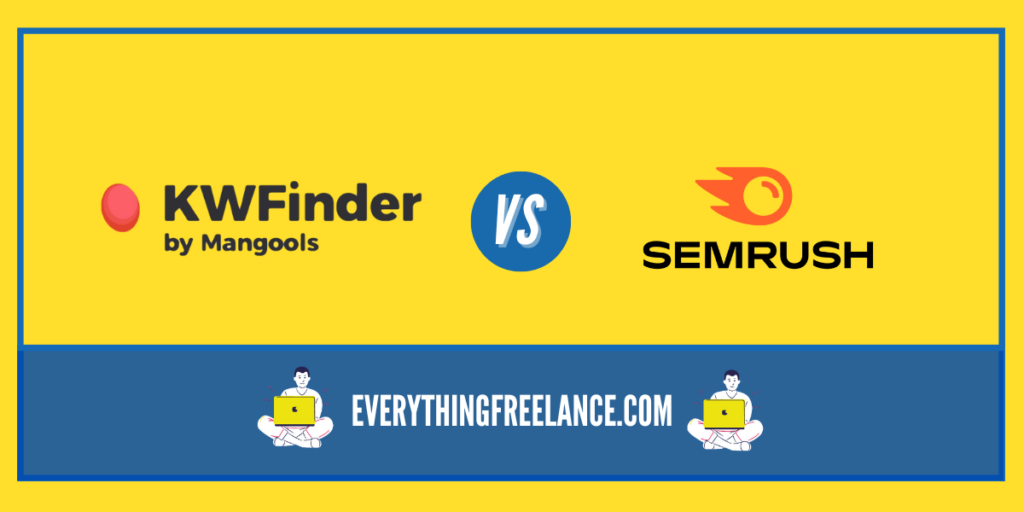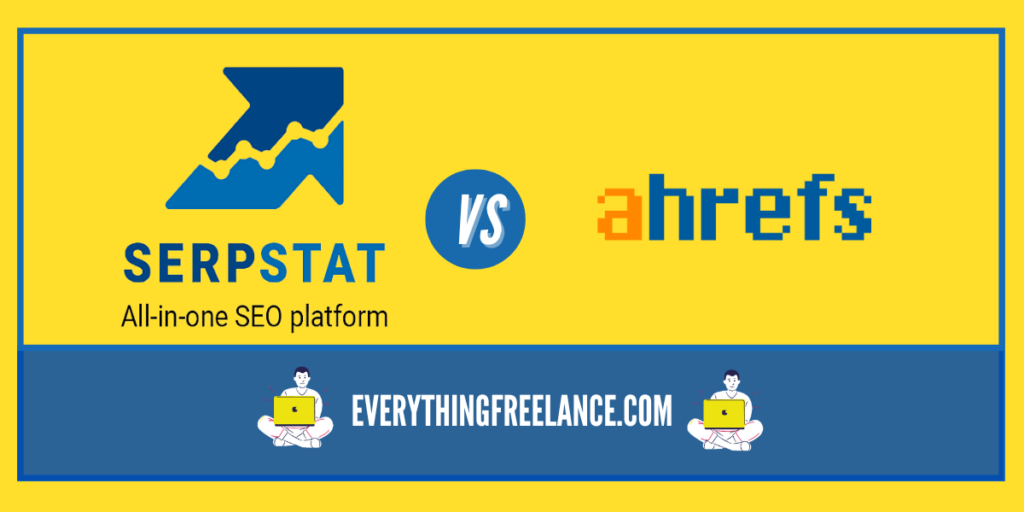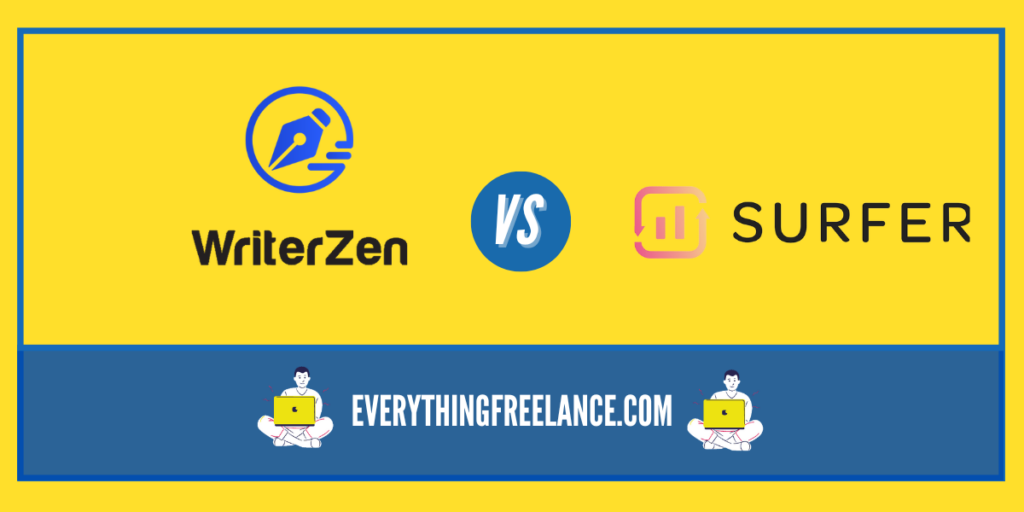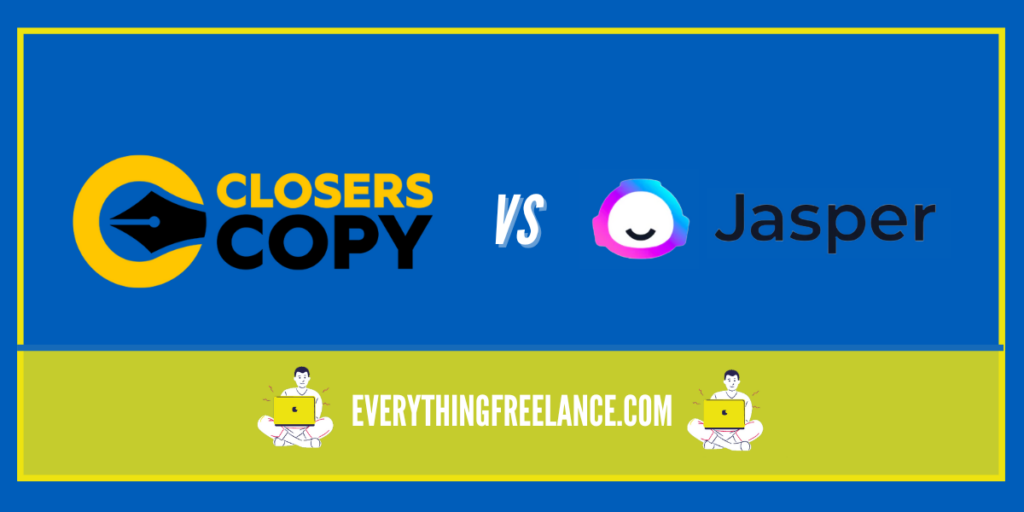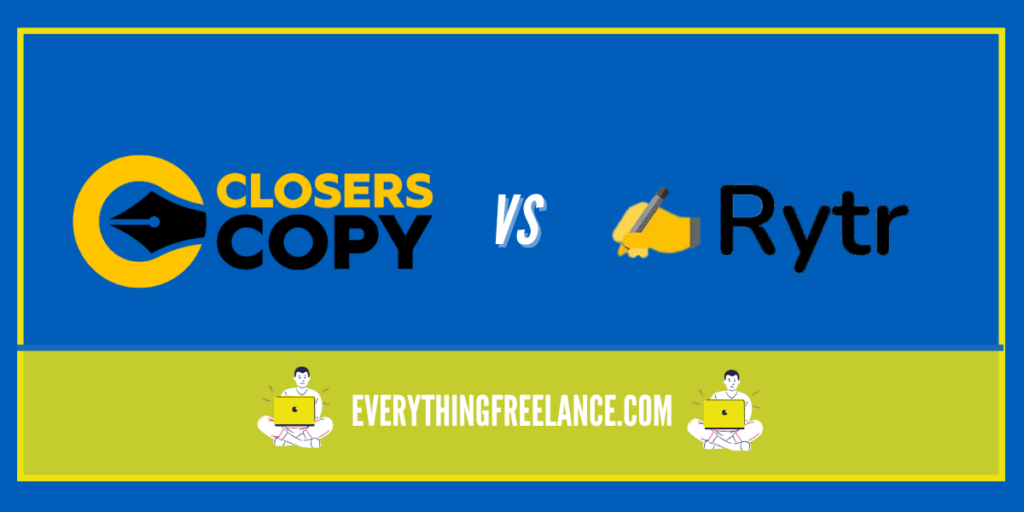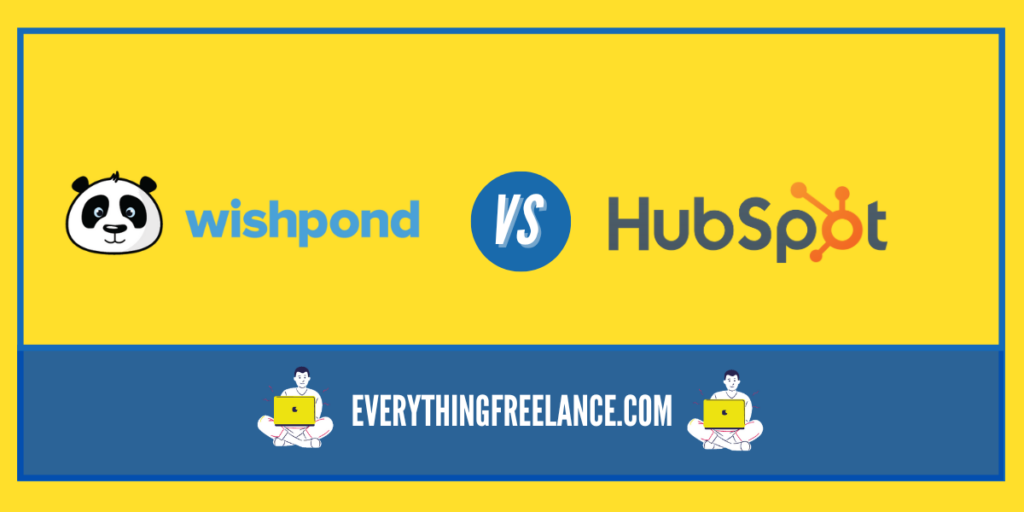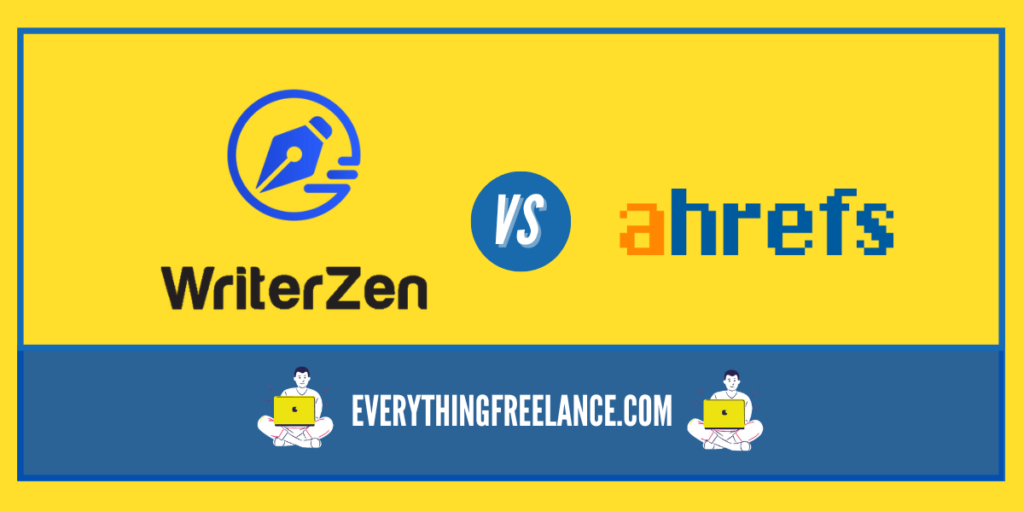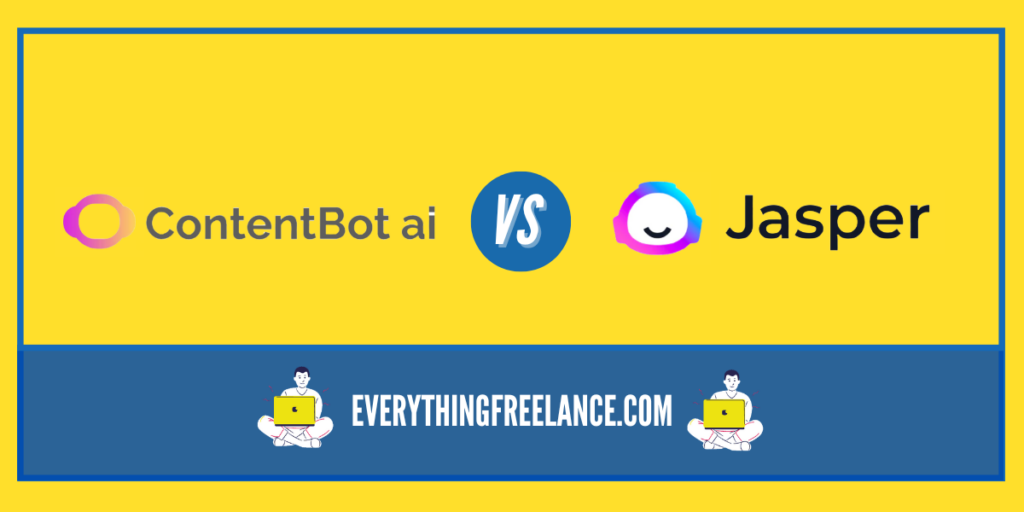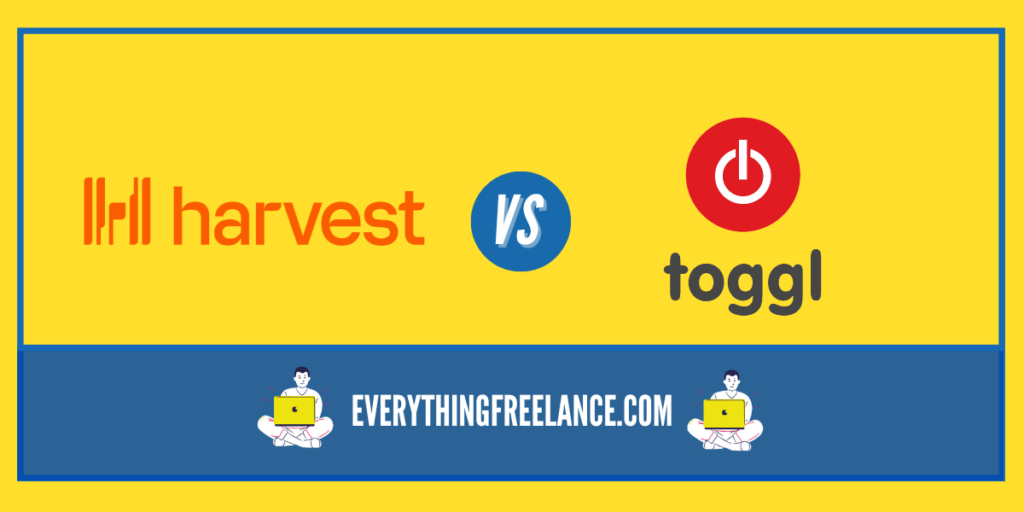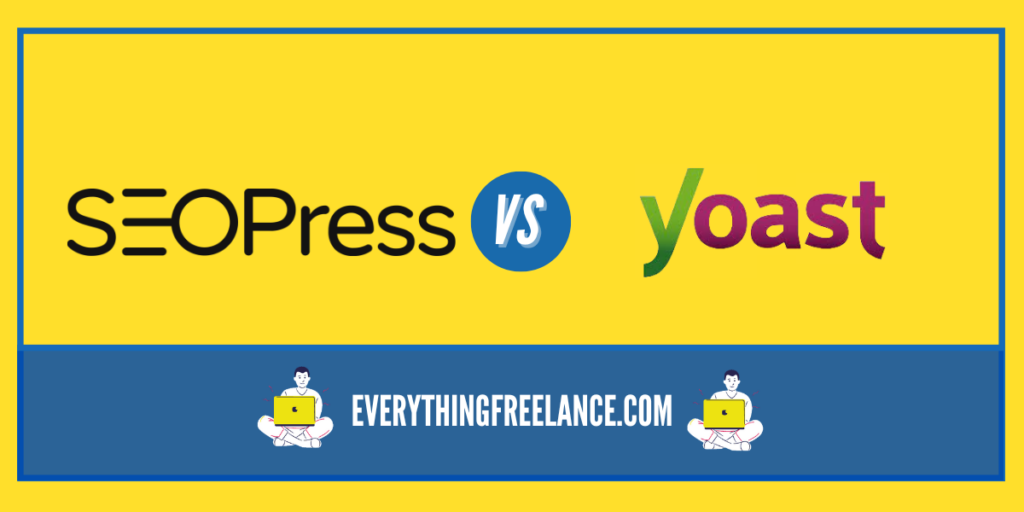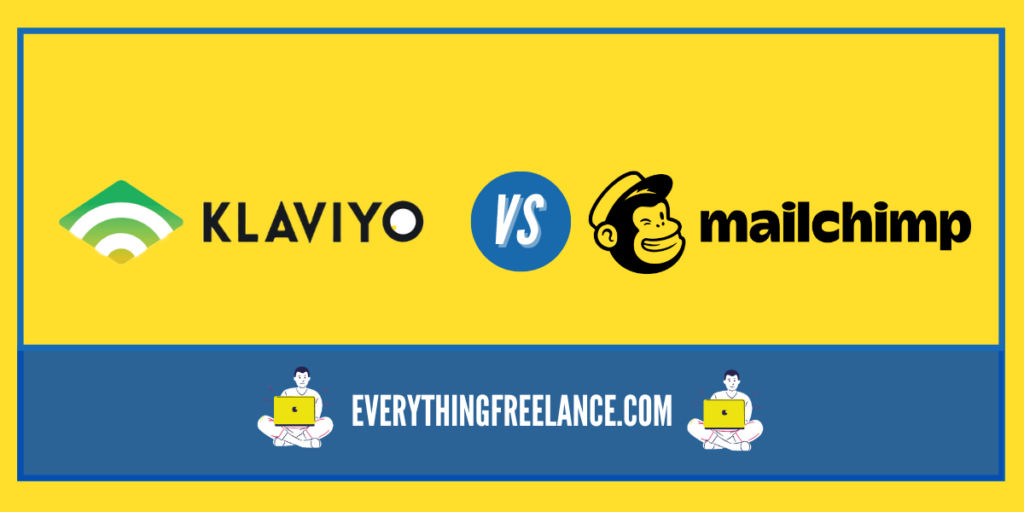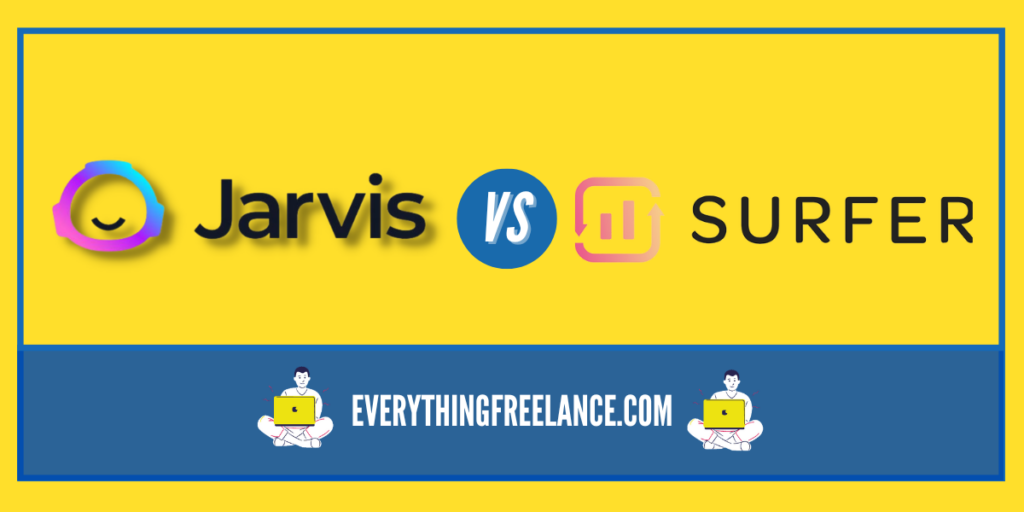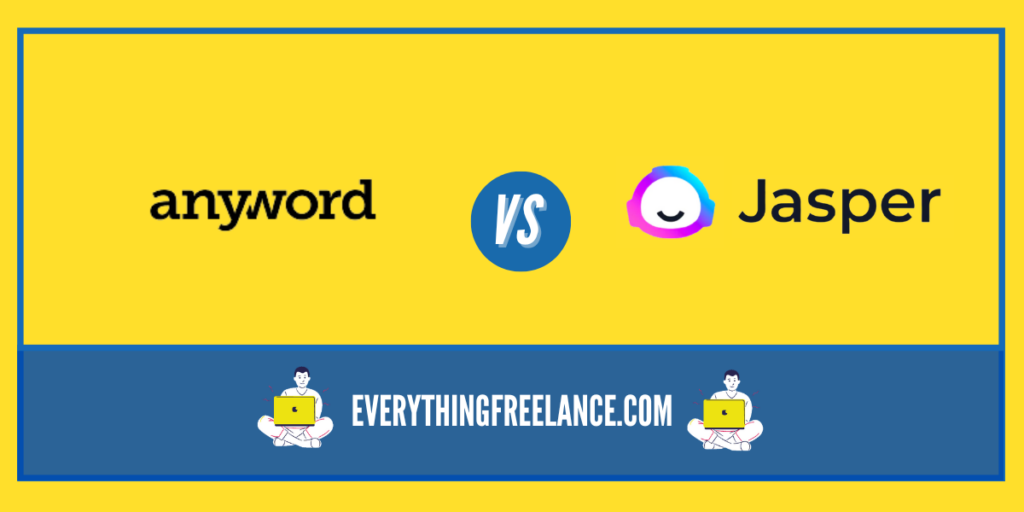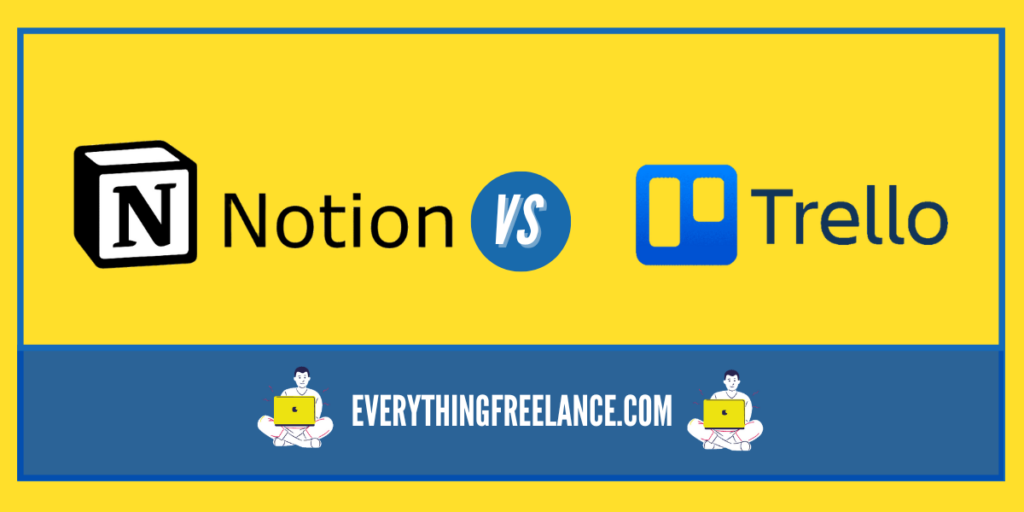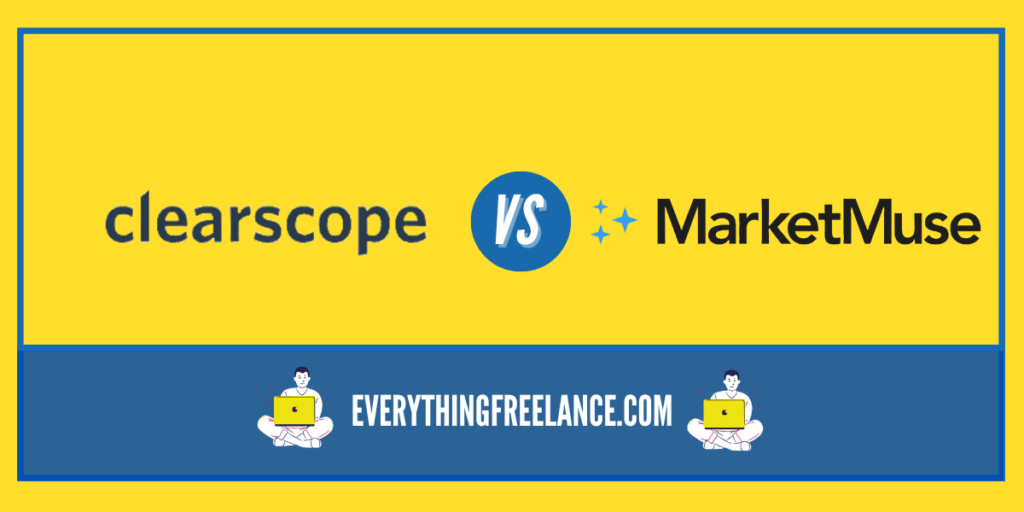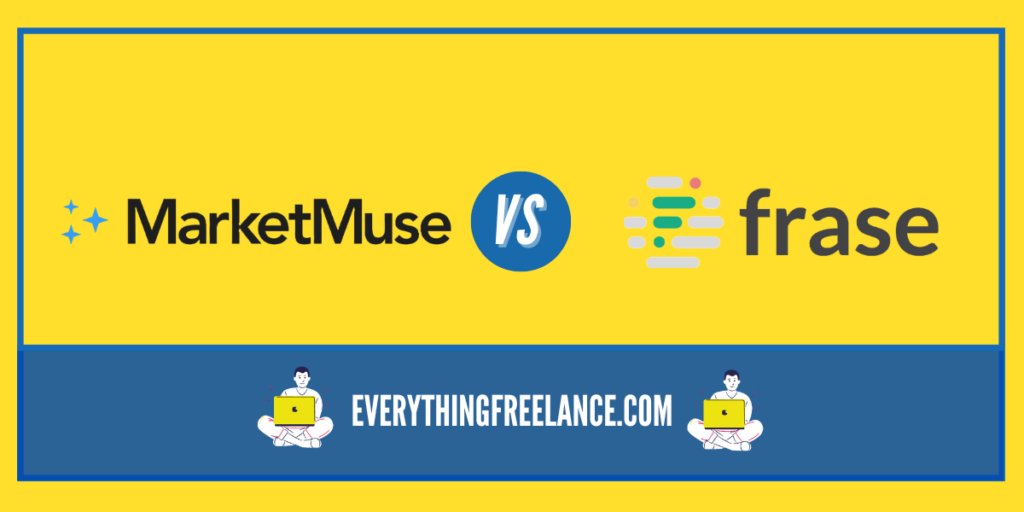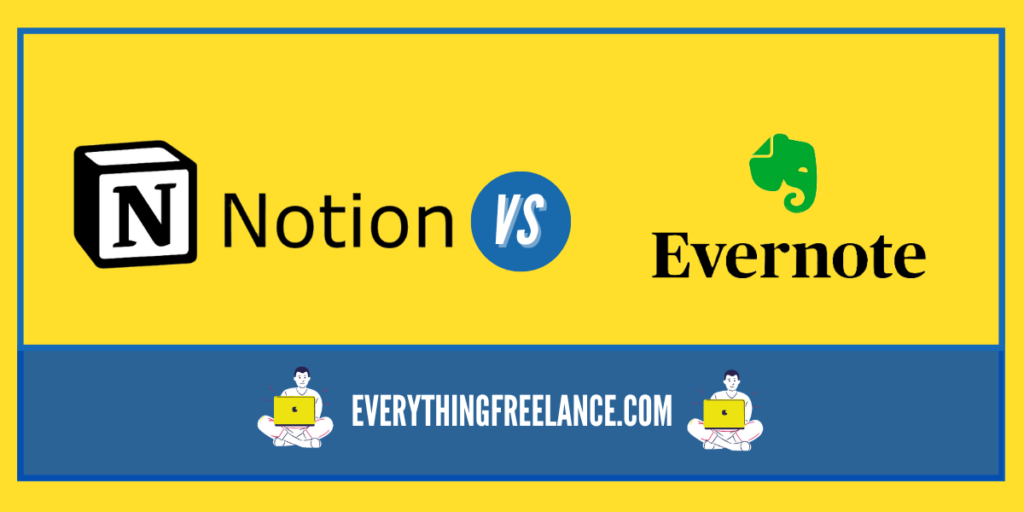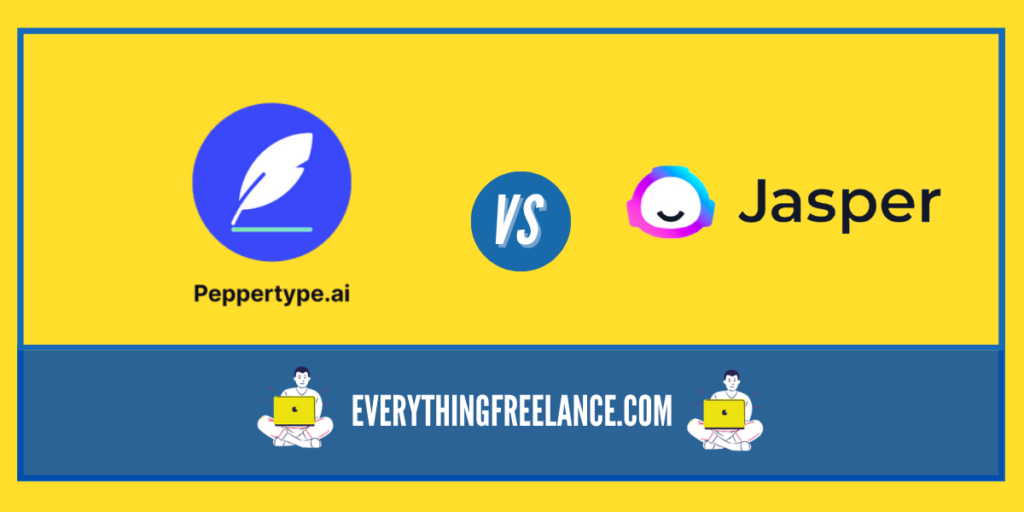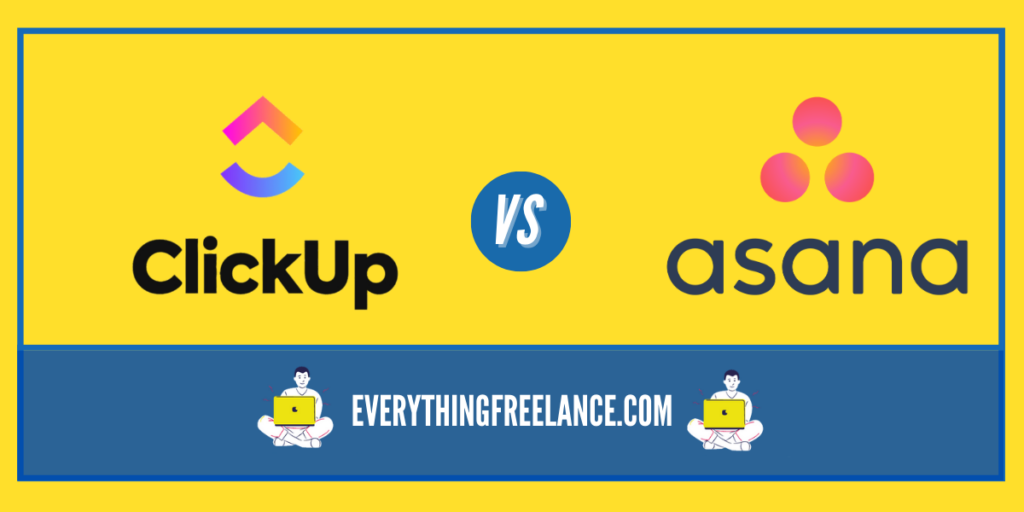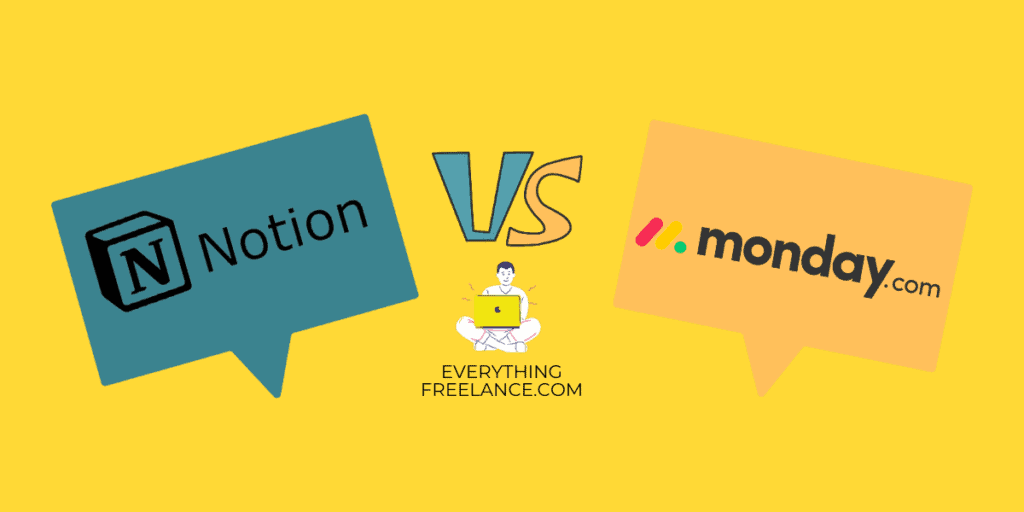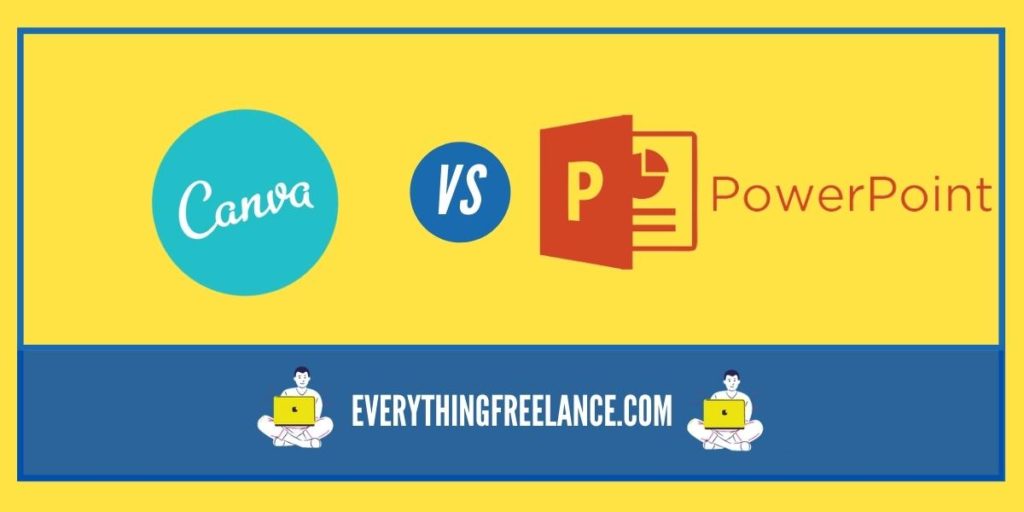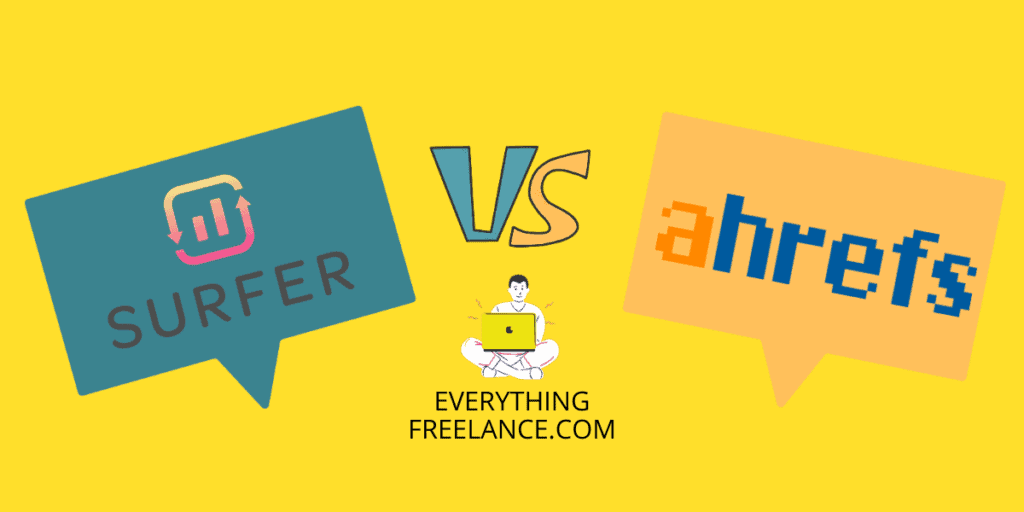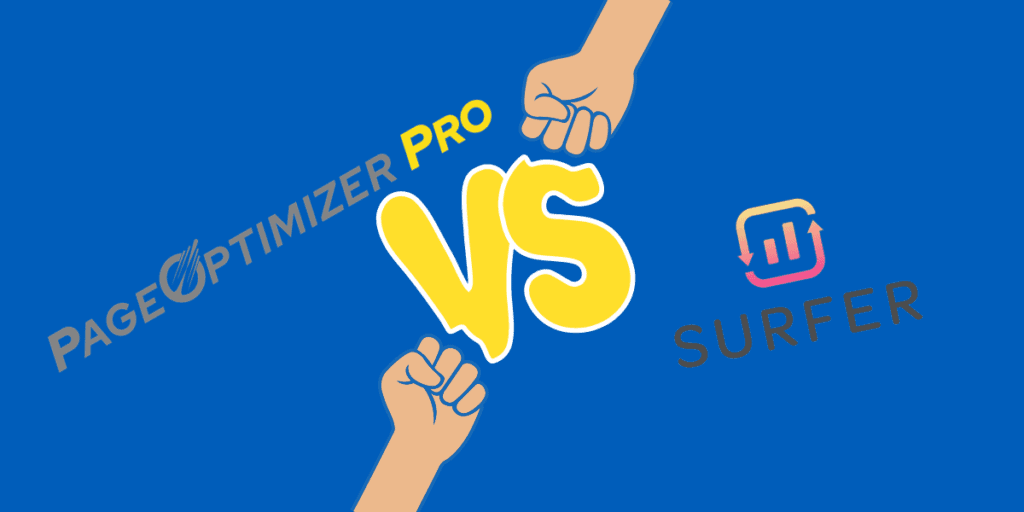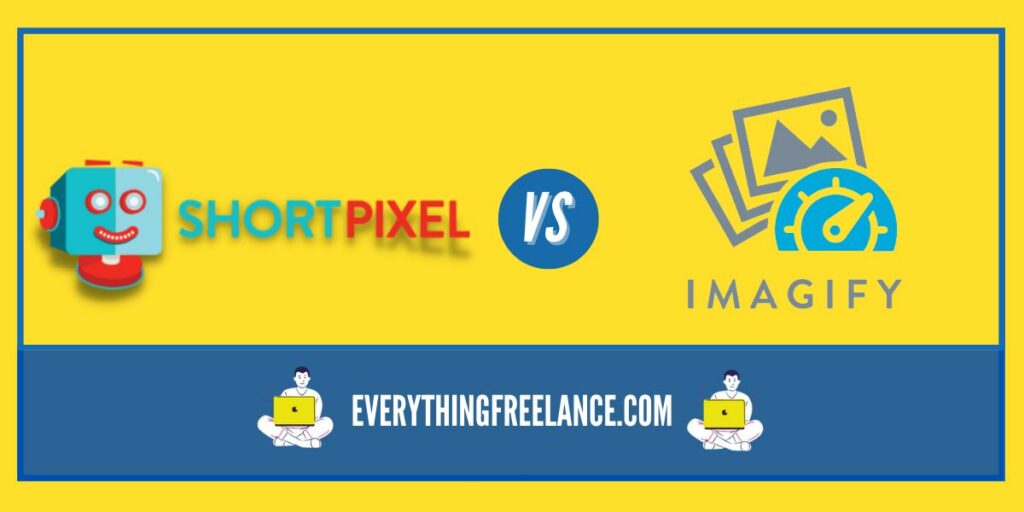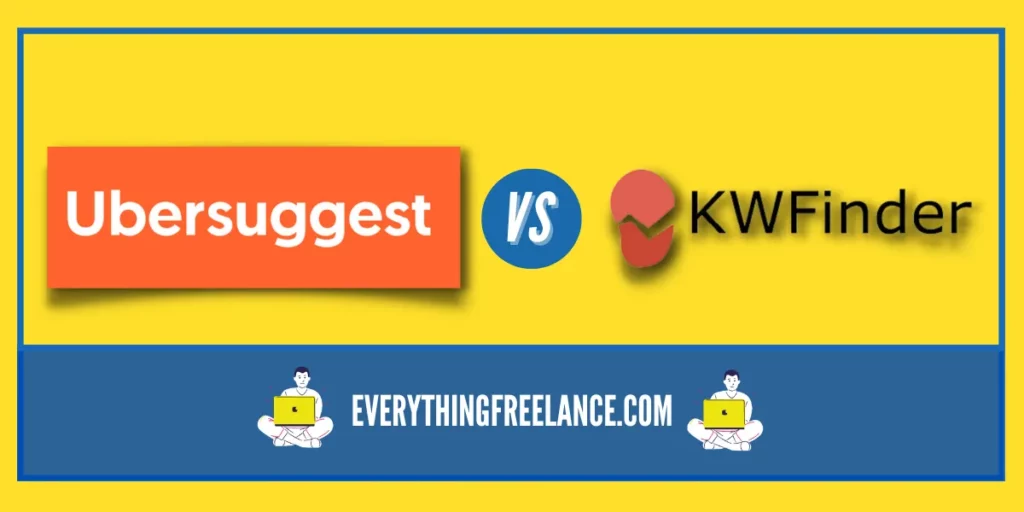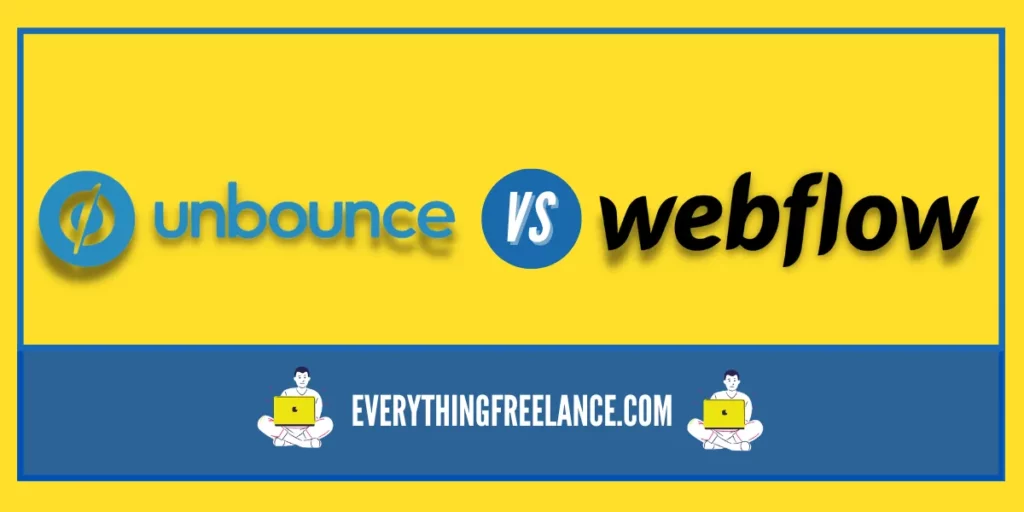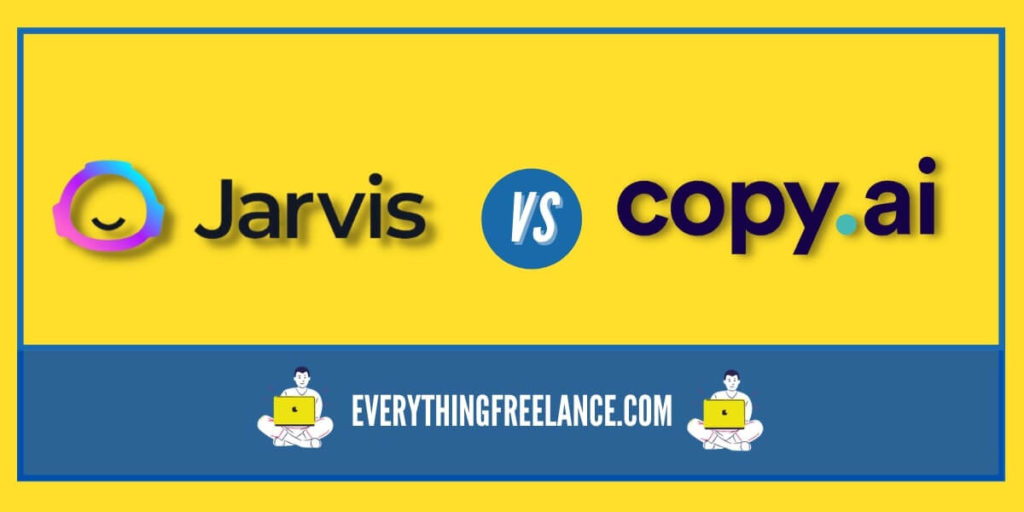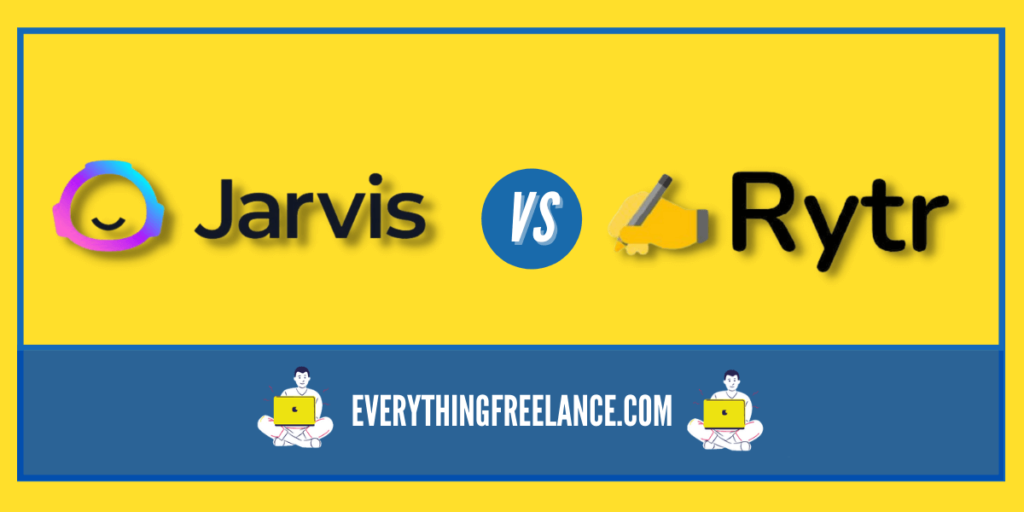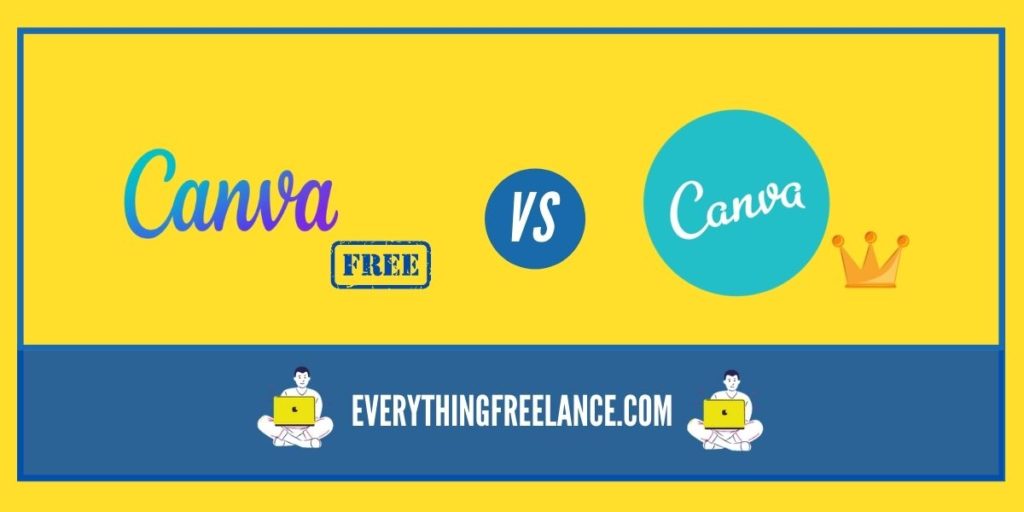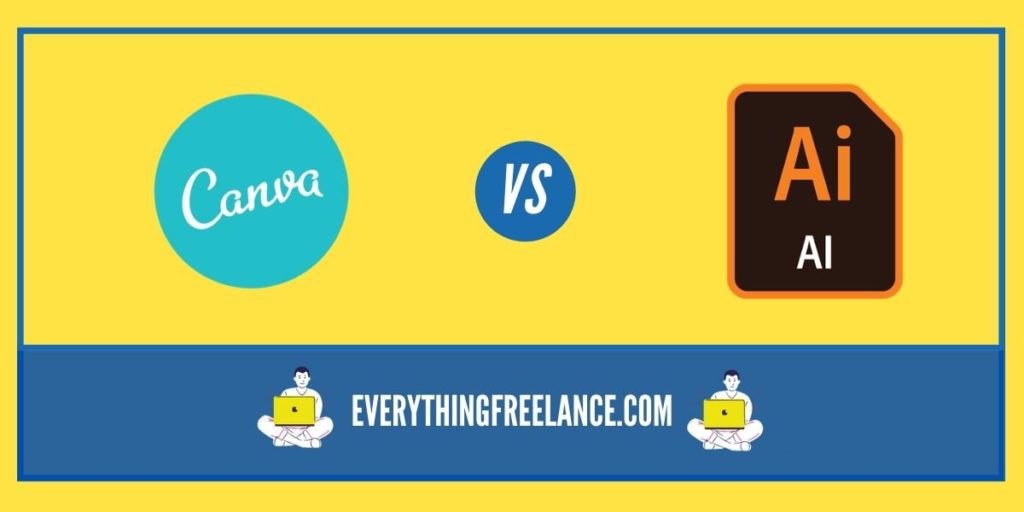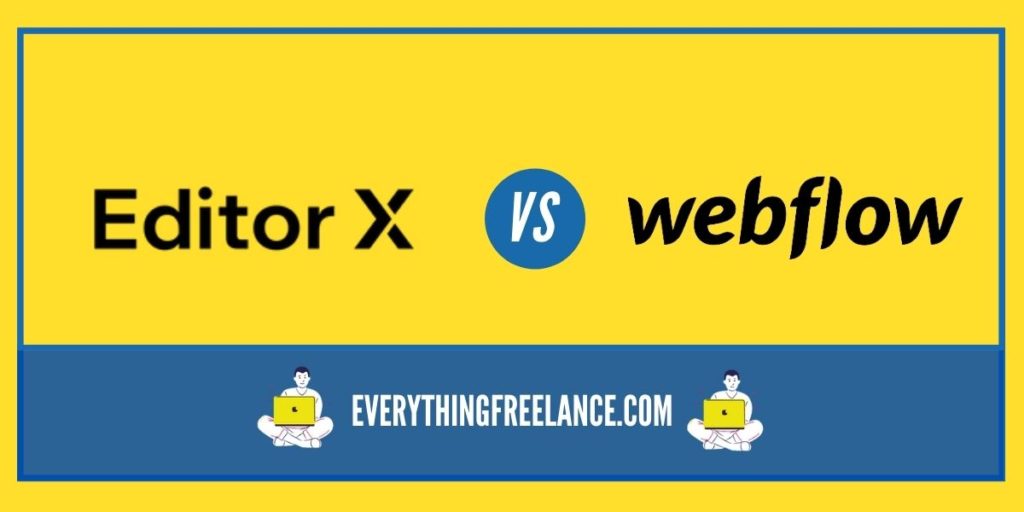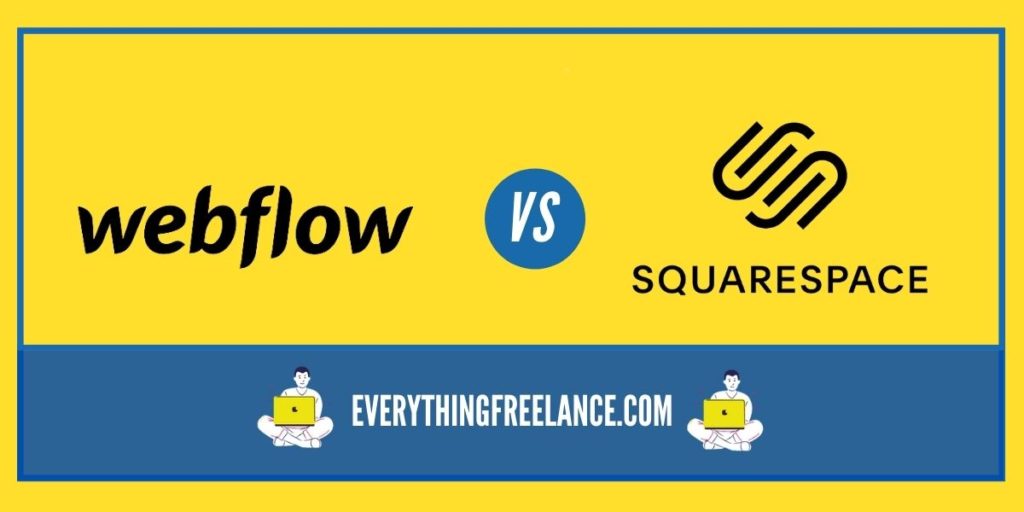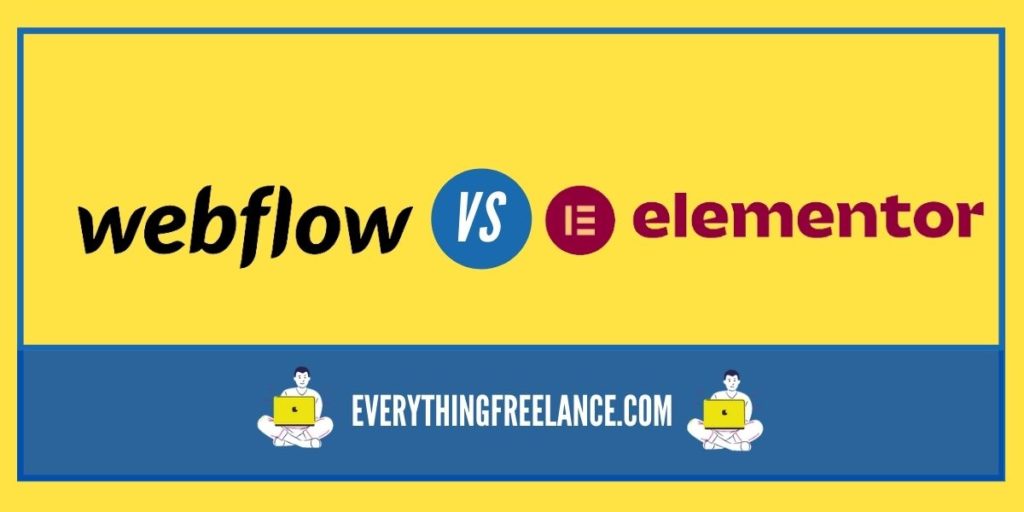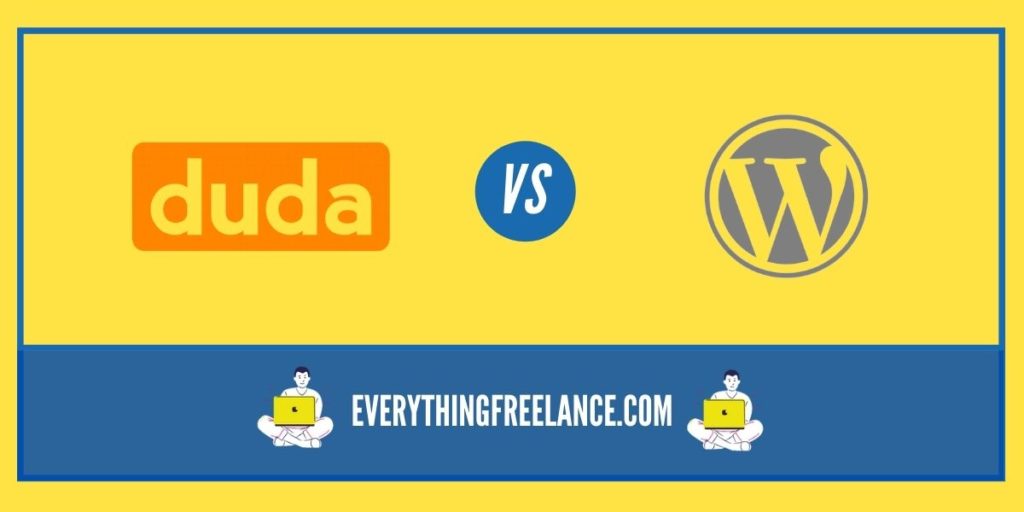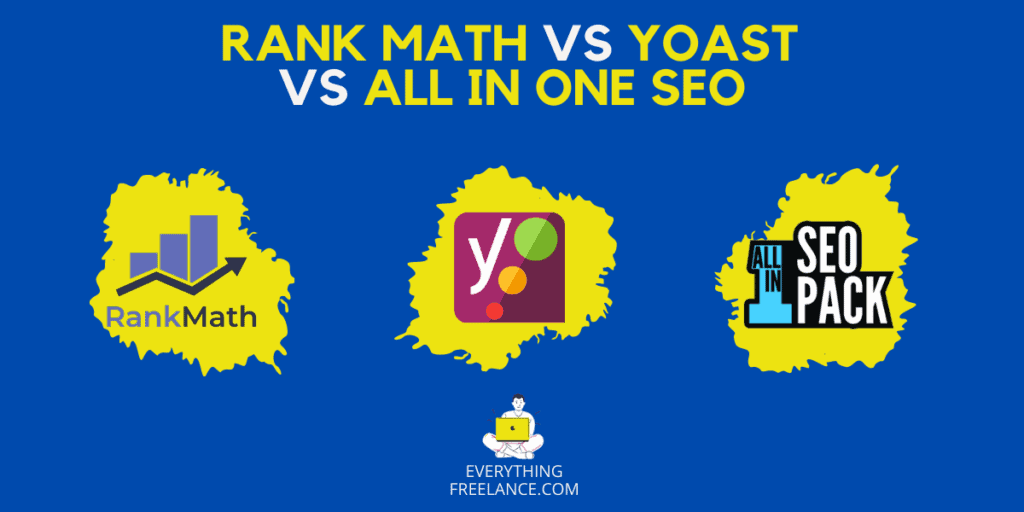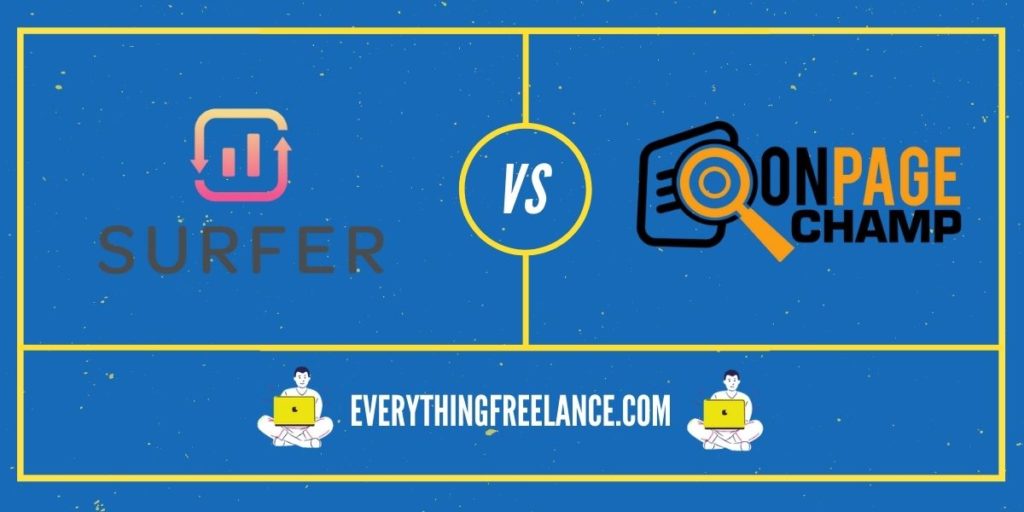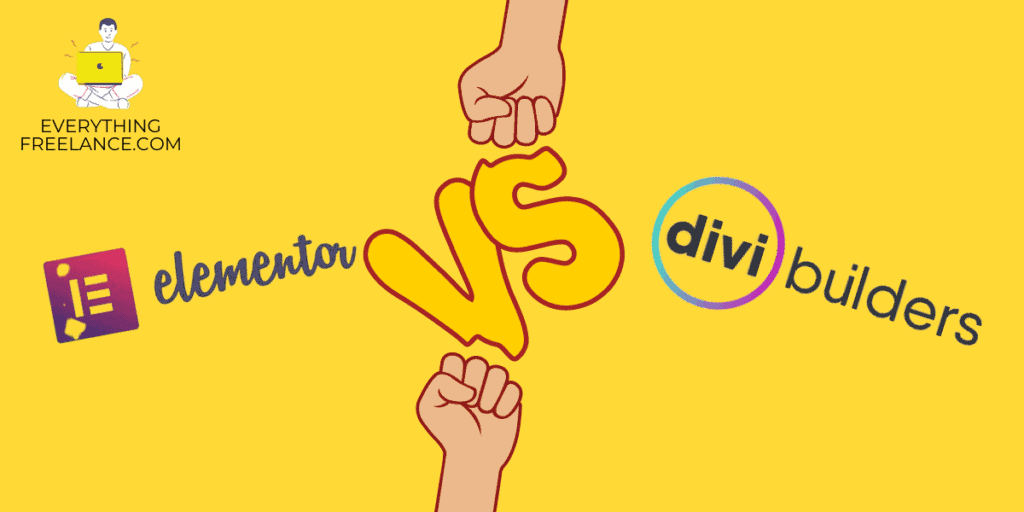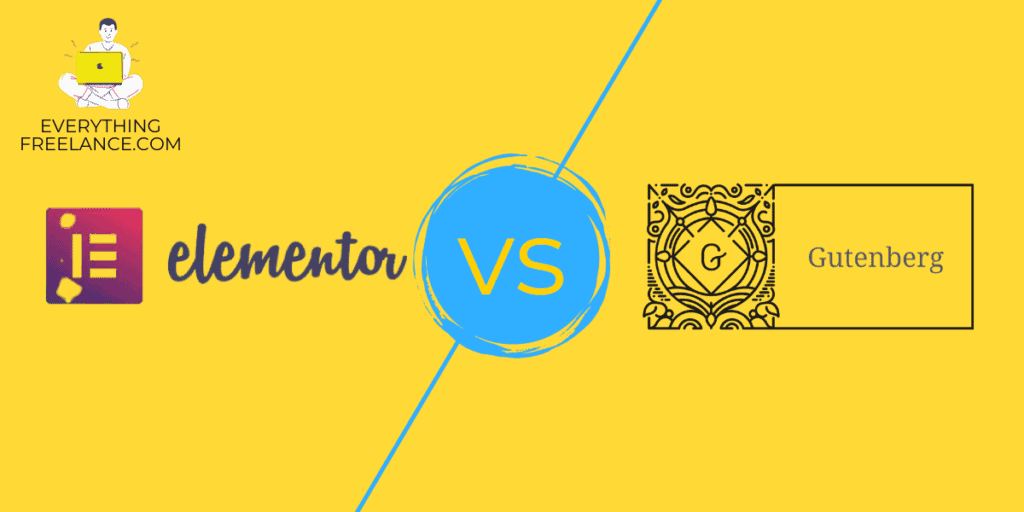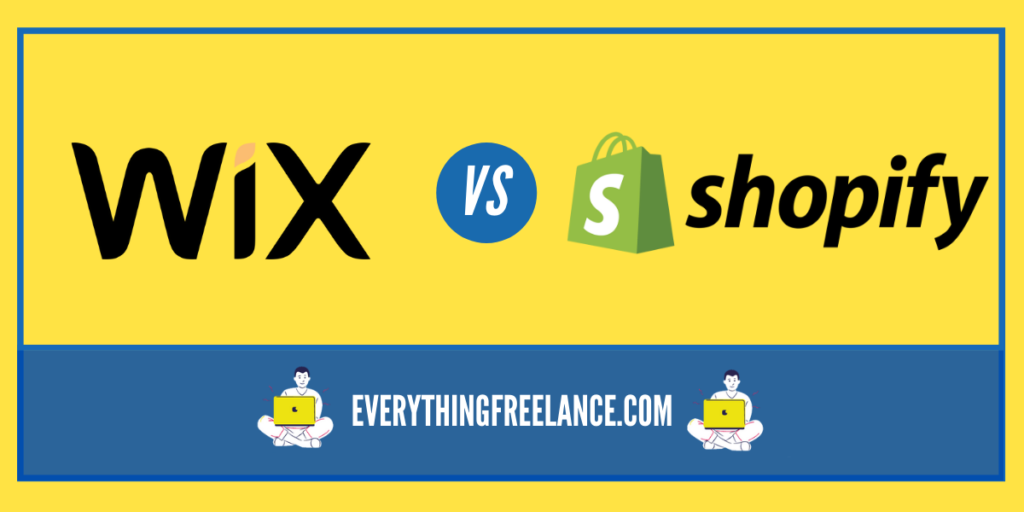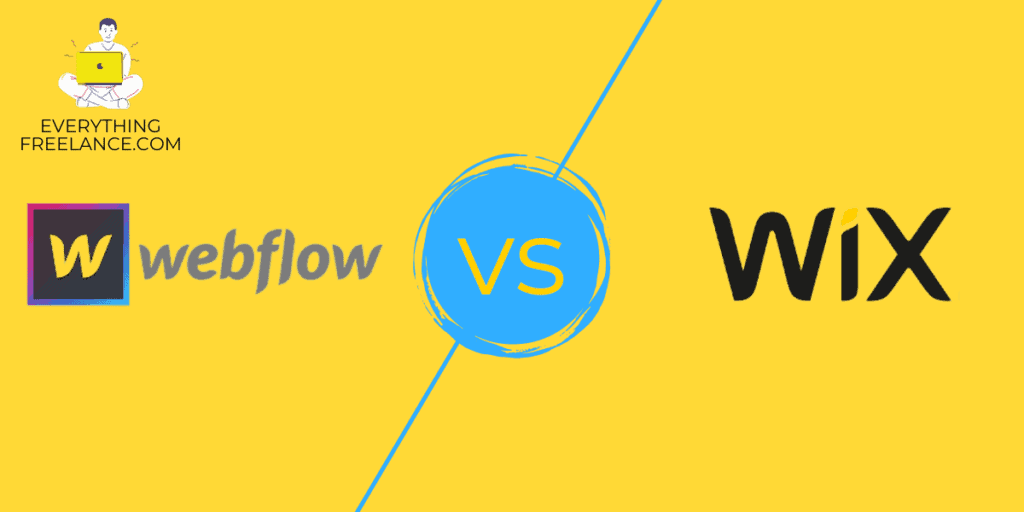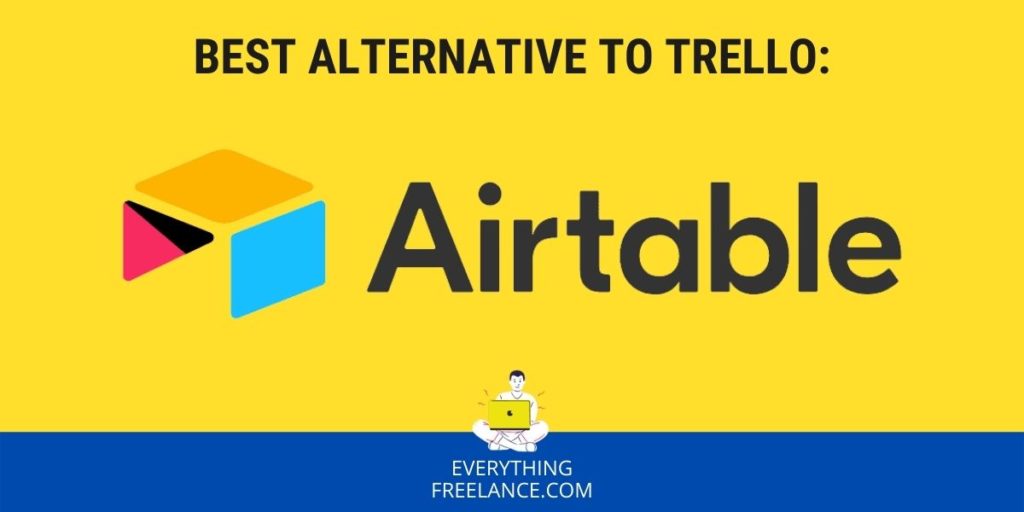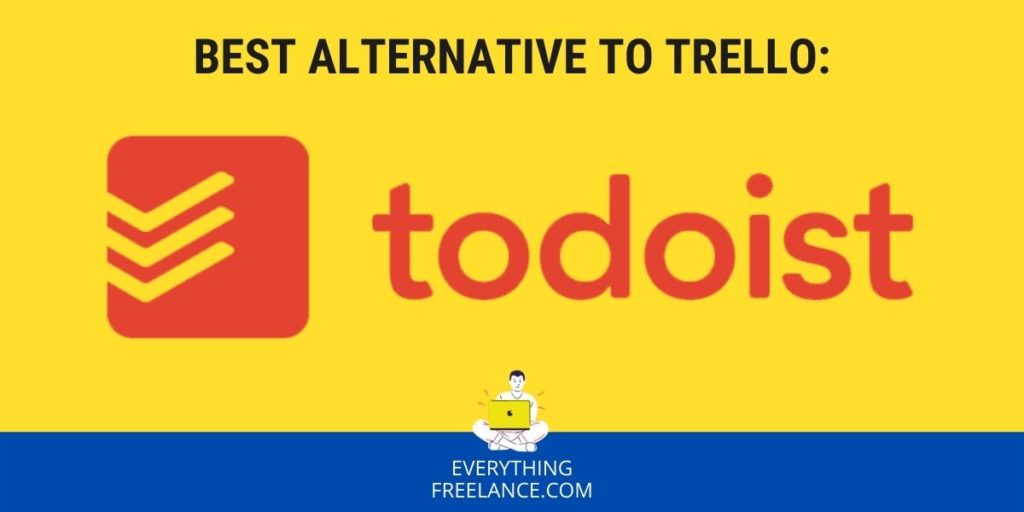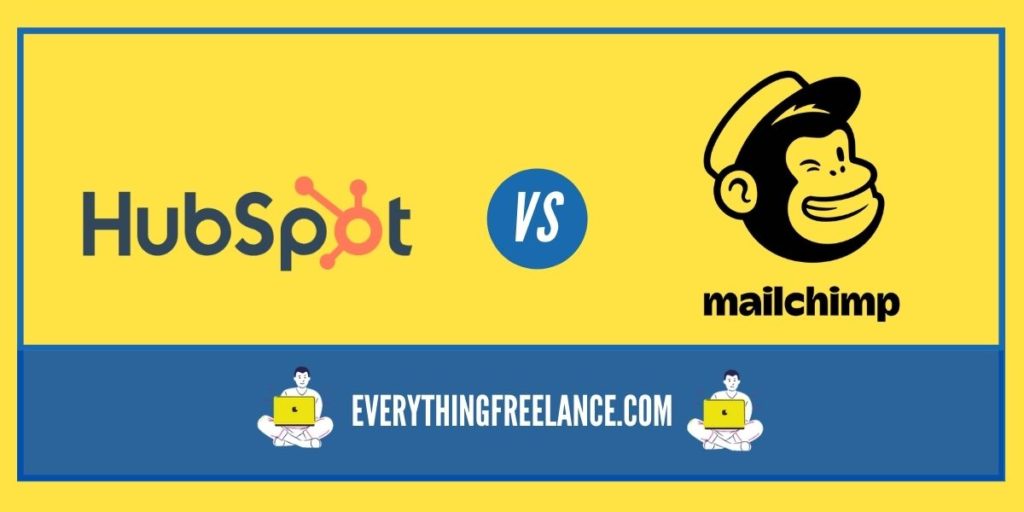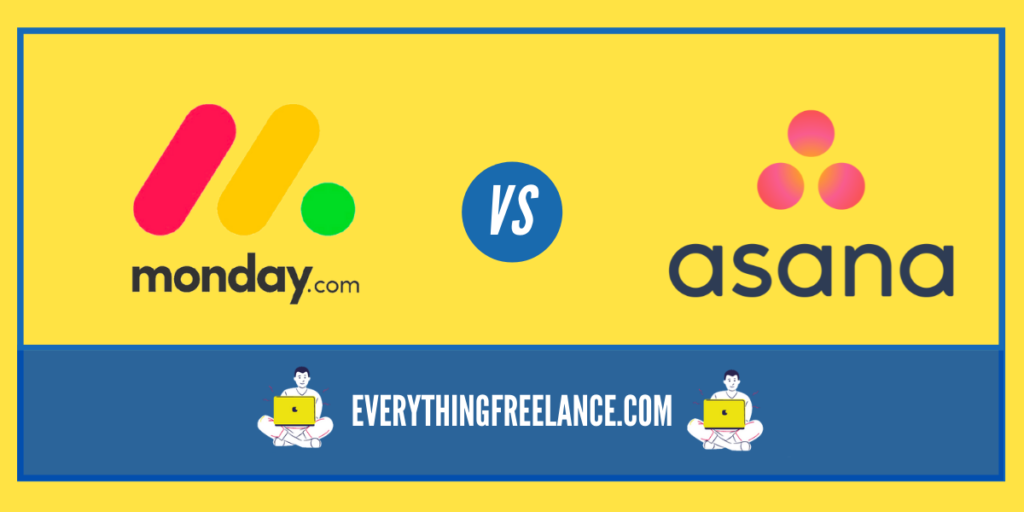ClickUp and Monday.com are two leading solutions in project management. Both have unique features making them ideal for different types of businesses. These SaaS companies don’t require users to have coding knowledge, but they do allow managing and tracking projects via the cloud.
To help you decide which one is right for you, we put together a detailed ClickUp vs Monday comparison so you can learn everything about their features.
Overview of Monday and ClickUp
ClickUp offers users powerful tools for task management, collaboration, communication, and more. It allows teams to work smarter by providing real-time chat so everyone stays connected wherever they are located. You can also create goals and collaborate using 20+ real-time views to keep projects on track.
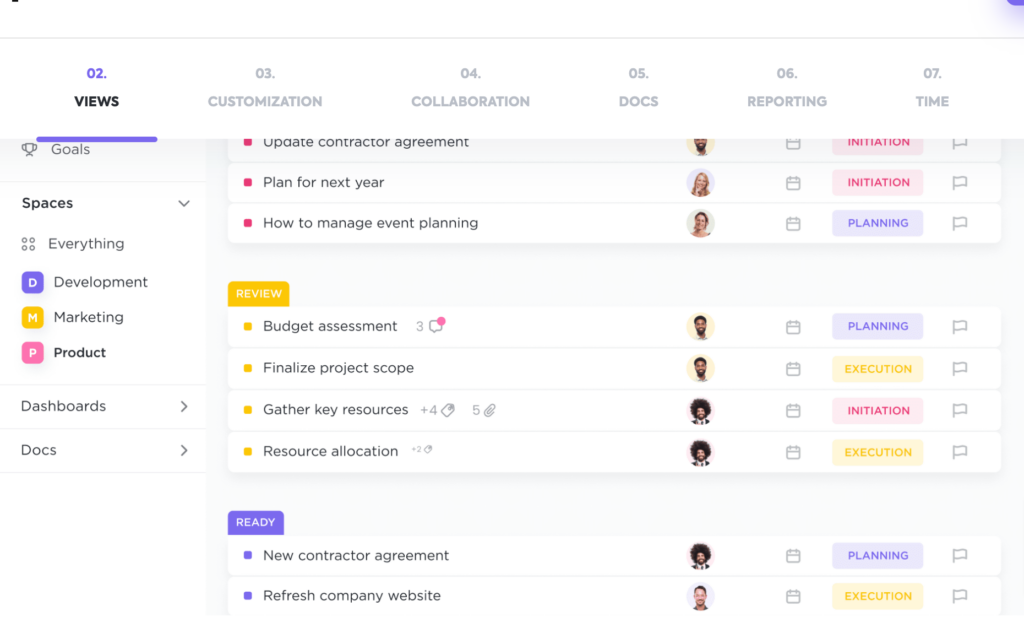
Monday goes beyond the typical task management software with an open platform that lets businesses customize the tools they use to run their work. It offers software development, marketing, project and task management, sales, and CRM, as well as HR capabilities. Additionally, Monday.com provides an intuitive user interface allowing easy navigation between tasks and departments.
Overall, we can say that both ClickUp and Monday offer unique features that can be beneficial depending on your business needs. If you are looking for a powerful collaboration platform with real-time chat capabilities, then ClickUp might be your best option.
On the other hand, if you need more customization options for task management or want to take advantage of additional services such as software development or HR, then Monday is likely the better choice. Ultimately it comes down to what kind of project management solution you are looking for and which features best match your needs.
Monday vs. ClickUp Features and Capabilities
Are you having difficulty managing your projects and tasks? Many of us are struggling to keep an accurate record of everyone’s progress without adding extra hours on top of it all.
The ability to track time, organize tasks, collaborate and communicate with team members, along with the accessibility to analytics reporting, makes project management smooth sailing. This can be done through Monday’s features or ClickUp – two powerful software tools designed to help people manage their business processes.
If you’re trying to choose between one or the other– here is a detailed comparison between their features and capabilities.
| Features | Monday.com | ClickUp |
|---|---|---|
| Task Management and Project Planning | ✔️ Boards, timelines, Gantt charts | ✔️ Templates, custom statuses, Team view |
| Time Tracking | ✔️ Time tracking | ✔️ Time tracking, time estimates, time budgets, Pomodoro timer |
| Collaboration and Communication | ✔️ Real-time communication, file sharing, integration with Slack and Teams | ✔️ Real-time communication, guest access, integration with external clients and vendors |
| Reporting and Analytics | ✔️ Graphs, charts, dashboards, customizable widgets | ✔️ Detailed reports, project progress overview, custom reports with filtering and sorting options |
| Integration with Other Tools | ✔️ Slack, Trello, Google Drive, Dropbox, Zapier integration, open API | ✔️ Slack, Trello, Google Drive, Dropbox, Zapier integration, custom integrations |
Monday vs. ClickUp: Task Management and Project Planning
In today’s fast-paced and deadline-driven world, task management and project planning are critical components of any successful venture. That’s why finding the right software to streamline and simplify these processes is essential. Both Monday and ClickUp offer robust task management and project planning capabilities.
With Monday, you can create boards to organize tasks, assign team members, set due dates, and create dependencies. You can also create timelines and Gantt charts to visualize the progress of your project.
ClickUp offers similar features, with the added ability to create templates for recurring tasks and set custom statuses to reflect your team’s workflow. ClickUp also offers a unique feature called Team view (formerly Box view) that allows you to view tasks and projects in a visual hierarchy format. You can monitor the team’s work and project status.
Monday vs. ClickUp Time Tracking
ClickUp and Monday both offer time-tracking capabilities. It is an essential feature for teams looking to accurately track the time spent on tasks and projects, and how much time is spent on generating reports based on the data.
ClickUp offers more advanced time tracking features, such as time estimates, time budgets, and a Pomodoro timer to help you manage your time effectively. However, no matter which tool you choose, time tracking is an essential feature that will help you manage your projects and team more effectively.
Monday vs. ClickUp Collaboration and Communication
We all know that managing projects can be a difficult task, especially when it comes to collaborating with team members and ensuring clear communication. Monday and ClickUp both offer features to help the effective collaboration and communication of the teams.
Monday allows you to communicate with team members in real time. You can share files and comments and integrate with third-party communication tools like Slack and Microsoft Teams.
ClickUp offers similar capabilities, with the added ability to collaborate with external clients and vendors through guest access. Ultimately, choosing between these two tools will greatly depend on your team’s specific needs and preferences.
Monday vs. ClickUp Reporting and Analytics
Both platforms offer robust reporting and analytics features to help teams track progress and identify areas for improvement.
Monday excels in visualizing project progress through graphs, charts, and dashboards. It offers customizable dashboards that allow visualization of data in such a way that makes sense for their team. This can include charts, graphs, and tables. Users also get the advantage of creating custom widgets to display specific information that is important to them.
ClickUp provides detailed reports that allow tracking time, budgets, and resources. It also offers reporting and analytics features, including a dashboard providing a project progress overview. In addition, ClickUp allows users to create custom reports that can be filtered and sorted based on various criteria. This can help teams identify trends and patterns in their data.
Monday vs. ClickUp Integration with Other Tools
Integration with other tools is essential for project management tools, allowing teams to streamline workflows and increase efficiency. ClickUp and Monday offer robust integration options.
Monday integrates with a variety of tools, including Slack, Trello, Google Drive, and Dropbox. It offers an open API that allows users to build custom integrations. It also provides a Zapier integration allowing the connection with over 2,000 apps.
ClickUp also integrates with many tools, including Slack, Trello, Dropbox, and Google Drive. You can also build custom integrations with ClickUp. It provides a Zapier integration that allows the connection with over 5,000 apps.
Monday vs. ClickUp: Ease of Use and User Experience
Using the Monday software is rather straightforward. Using the user-friendly interface and intuitive design, navigating the platform is a breeze. Whether you’re a tech-savvy whiz or a beginner, you’ll find the software extremely accessible.
Monday Ease of Use
The Monday team understands your time is valuable, so they’ve created a tool that simplifies project management and workflow. It offers a customizable and visual platform for managing projects, tasks, and workflows.
It’s designed to be intuitive and user-friendly, with a simple drag-and-drop interface for creating and organizing tasks. Monday offers a variety of project templates to help users get started quickly and easily collaborate with clients and team members.
Flexibility is one of the strengths of Monday. It’s a customizable platform that can fit the specific needs of different industries and project types. Users can create custom fields, tags, and statuses to track project progress.
ClickUp Ease of Use
ClickUp is the productivity app that has taken the market by storm with its easy-to-use interface. From personal to team management, ClickUp has an array of features that make it ideal for all types of users. It’s designed to be easy to use and offers a variety of views, including list, board, and calendar views, to help users visualize their tasks and projects.
The simple layout and design contribute to its overall appeal and make it a go-to app for those looking to streamline their work. ClickUp divides tasks into manageable sections, ensuring nothing falls through the cracks. Whether you’re a seasoned pro or a newbie to productivity apps, ClickUp’s easy-to-understand tone of voice will guide you every step of the way.
User Experience
When it comes to user experience, Monday and ClickUp offer a lot of different features and benefits for businesses.
Monday’s user interface is designed for all types of teams. It’s an ideal choice for organizations that need to track complex tasks and quickly access data from multiple sources.
On the other hand, ClickUp is considered one of the most intuitive task management systems out there. It is designed for busy teams looking for efficiency and flexibility when managing projects.
So, the decision between Monday and ClickUp comes down to your specific needs regarding task tracking, data access, budget constraints, or other features.
Monday vs. ClickUp: Pros and Cons
No review will be complete without looking at each tool’s pros and cons. This helps make informed decisions about which will best meet our organization’s needs.
Pros of Monday
- User-friendly interface: Monday’s interface is clean and easy to use. The platform’s visual approach to task management makes it easy to see what tasks are in progress and what still needs to be done.
- Customizable boards: You can create and customize boards for different projects, departments, or workflows to fit your team’s needs.
- Collaboration features: Monday allows you to collaborate with your team members by assigning tasks, sending messages, and tracking progress.
- Integrations: Monday integrates with a range of other tools, such as Slack, Google Drive, and Trello, to streamline your workflow.
Cons of Monday
- Limited customization options: While Monday’s boards are customizable, the platform doesn’t offer as much flexibility in terms of organizing tasks as some other tools.
- Limited reporting capabilities: Monday’s reporting features are not as robust as some other platforms, making it difficult to get a comprehensive view of your team’s progress.
- Pricing: Monday can be more expensive than some other project management tools, especially for larger teams.
Pros of ClickUp
- Flexibility: ClickUp offers numerous customization options, including lists, boards, and custom fields, to help you organize tasks in the best way that works for the team.
- Integrations: ClickUp integrates with a range of other tools, such as Slack, Zoom, and Google Workspace, to streamline your workflow.
- Collaboration features: ClickUp offers a range of collaboration features, including comments, mentions, and attachments, to help your team work efficiently and remain connected. With the ability to communicate directly on tasks, tag team members, and share files, ClickUp streamlines communication and helps teams accomplish more in less time.
- Free version: ClickUp’s free version offers a range of features, making it a good choice for small teams or individual users.
Cons of ClickUp:
- Steep learning curve: ClickUp’s wide range of features and customization options can make it overwhelming for new users. It can take some time to learn to use the platform effectively.
- Customer service: ClickUp has limited customer support options compared to some of its competitors. This can be frustrating when you run into technical issues or need guidance on using a particular feature.
- Navigation: ClickUp’s navigation can be confusing for some users, particularly those used to simpler project management tools like Trello or Asana. Additionally, while ClickUp is very customizable, it is not as visual as some other project management tools on the market, such as Monday.com. This may make it harder for users who rely heavily on visual representations to manage their work efficiently.
Monday vs. ClickUp Pricing and Plans
ClickUp offers a free forever plan with features such as unlimited tasks, two-factor authentication, collaborative docs, whiteboards, and real-time chat. It also offers four paid plans:
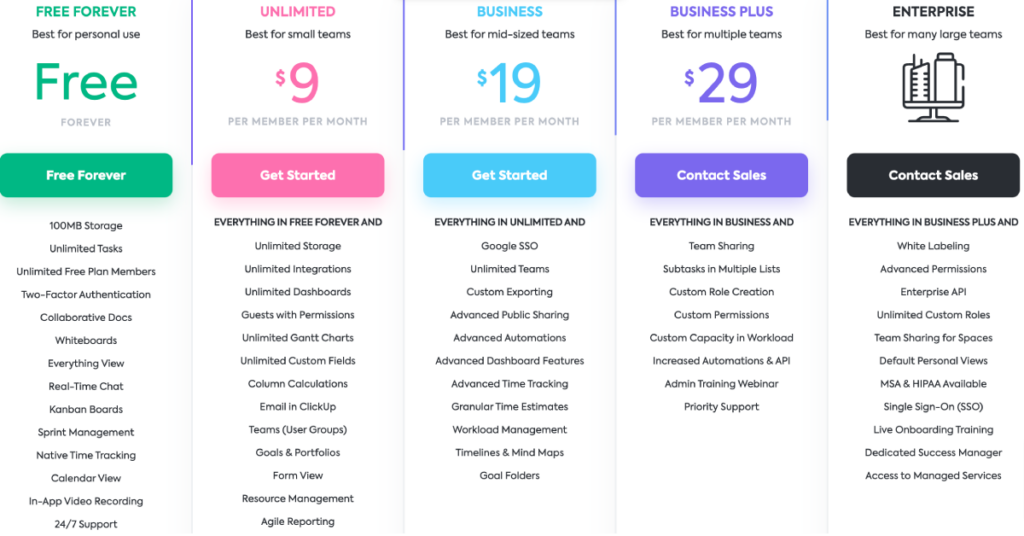
- Unlimited ($9 per user per month) for small teams
- Business ($19 per user per month) for mid-sized teams
- Business Plus ($29 per user per month) for multiple teams
- Enterprise plan (contact sales for price) for very large teams.
ClickUp offers a 45% discount on all plans if you go for the annual payment.
Monday.com has multiple plans ranging from free to Enterprise, each plan providing particular features such as unlimited items, private boards, and docs for Pro and advanced reporting for Enterprise.
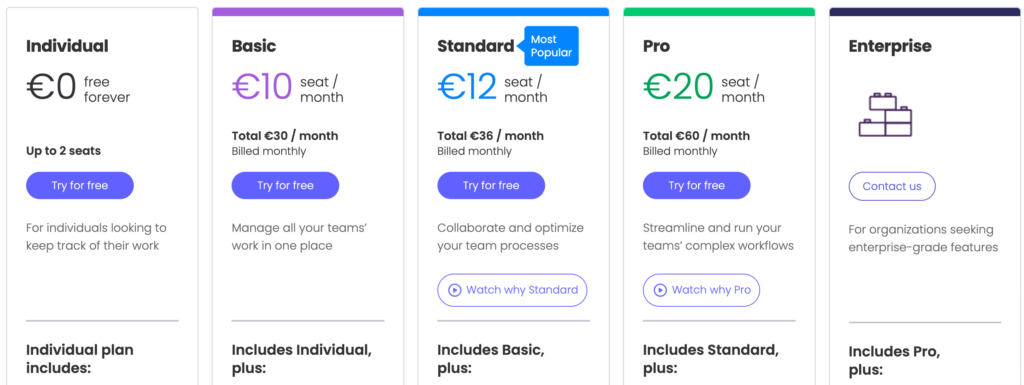
- Individual – this free forever plan allows up to 2 seats.
- Basic – the most basic plan that comes at €8 per seat/month, where you can manage the team’s work in one place.
- Standard – it is the most popular plan at €10 per seat/month with 5GB file storage. It includes unlimited free viewers, unlimited items, and more.
- Pro – costs €16 per seat/month and offers chart view, private boards and docs, time tracking, etc.
- Enterprise – these plans are tailored to the organization’s needs with enterprise-scale automation/integrations and advanced reporting and analytics.
Monday’s annual payment comes with an 18% discount on all plans.
Conclusion
No matter what option you choose, ClickUp and Monday both offer great tools for businesses of all sizes to help them collaborate better and streamline their project management processes. Both are easy to use, with intuitive designs and user-friendly interfaces.
These two highly capable project management and collaboration tools offer similar core features but with different strengths and weaknesses. ClickUp’s customizable workflows, advanced task management options, and affordability make it a great choice for small teams with complex workflows. Monday’s visually appealing interface and powerful automation features make it a better fit for larger teams with simpler needs.
Hopefully, with our detailed ClickUp vs. Monday review, you can make an informed decision about which one is right for you and your team. Of course, the decision will come down to personal preference as one platform may work better for a certain type of user than the other.
For those looking for a comprehensive project management tool, ClickUp and Monday.com can both provide powerful solutions for getting things done more efficiently and effectively. So whether you’re a tech-savvy whiz or just starting, either one of these options could be the perfect fit!
FAQs
What is ClickUp?
ClickUp is a project management and collaboration tool that may be used by all businesses and industries. It puts all of your work in one place: Tasks, Docs, Chat, Goals, & more. It allows teams to organize, track, and collaborate on their work projects. It features customizable workflows, time tracking, task dependencies, project templates, and integrations with other tools.
What is Monday.com?
Monday.com is a team collaboration and project management platform that allows teams to manage projects, workflows, and processes visually and intuitively. It features customizable boards, automation, time tracking, progress tracking, and integrations with other tools. Monday offers software development, marketing, project and task management, sales and CRM, and HR tools to help teams stay on top of their tasks and achieve their goals efficiently.
How do ClickUp and Monday.com compare in terms of features?
In terms of features, both ClickUp and Monday.com offer similar functionalities, such as task management, project management, team collaboration, and integrations with other tools. However, ClickUp offers more advanced features, such as custom statuses, time estimates, and multiple assignees. On the other hand, Monday.com excels in visual project management and automation features.
Which tool is better for small teams?
Small teams can use both ClickUp and Monday.com, but ClickUp may be a better choice for teams with more complex workflows and projects. ClickUp’s free plan is excellent for small businesses and can help small teams streamline their processes and increase productivity. However, if you’re looking for more advanced features like automation and integrations, Monday.com may be a better choice. Keep in mind that Monday.com’s pricing starts at a higher point than ClickUp’s, so it may be more expensive for small businesses with tight budgets.
Which tool is more affordable?
ClickUp and Monday.com both offer different pricing plans based on the number of users and features needed. In general, ClickUp’s pricing is more affordable for small teams, while Monday.com may be a better choice for larger teams with more complex needs. However, it’s important to evaluate each tool’s pricing plans based on the needs and budget.
What are some of the main differences between ClickUp and Monday.com?
ClickUp and Monday.com are both powerful project management tools, but they have some key differences. ClickUp is known for its flexibility and customizable workflows, while Monday.com has a more visual, drag-and-drop interface. Additionally, ClickUp offers a free plan with fewer features, while Monday.com starts at a higher price point but includes more features from the outset.
Can you import data from other project management tools into ClickUp or Monday.com?
Yes, both ClickUp and Monday.com offer the ability to import data from other project management tools. ClickUp offers import options for popular tools such as Trello, Asana, and Jira, as well as CSV and Excel files. The import process is straightforward, and ClickUp provides step-by-step instructions to help you map your data to the correct fields. Similarly, Monday.com offers import options for Trello, Asana, Jira, and other popular tools, as well as CSV and Excel files. You can import data into existing boards or create new boards during the import process. Overall, importing data from other tools into ClickUp or Monday.com can save you time and help you get started quickly.
How can ClickUp help my team collaborate?
ClickUp provides real-time chat capabilities to help teams work smarter together and set goals from any angle with 20+ real-time views. ClickUp allows you to assign tasks to team members and set due dates, ensuring everyone is aware of their responsibilities and deadlines. You can also set up task dependencies, meaning that certain tasks cannot be started until others are completed, helping to streamline your workflow. ClickUp also offers real-time commenting and collaboration, allowing team members to communicate and discuss tasks and projects in one central location. Furthermore, ClickUp offers integrations with a wide range of other tools, such as Google Drive, Slack, and Trello, allowing you to bring all your work together in one place.
Is Monday an open platform?
Yes, Monday is an open platform. Monday.com’s integration marketplace features over 200 integrations with popular tools such as Slack, Trello, Google Drive, and Dropbox, as well as more niche tools like Hubspot and Salesforce. Monday.com also offers an API, allowing developers to build custom integrations with other tools or develop their applications on top of Monday.com’s platform.
Does ClickUp offer visual tracking options?
Yes, ClickUp offers detailed reports that allow you to track time, budgets, and resources as well as visually monitor progress made. It offers a range of views, including list view, board view, calendar view, and timeline view, allowing you to visualize your work in the way that makes the most sense to you. ClickUp also offers custom statuses, allowing you to create your labels for tasks and projects and visualize progress using color-coded labels. Finally, ClickUp also offers Gantt charts, which allow you to visualize task dependencies and timelines, making it easy to track progress and identify potential delays.
